
The Chinese company Oppo is gearing up to unveil its next smartphones, the Reno 12 and Reno 12 Pro, on May 23. Ahead of the launch, there have been multiple leaks, and now new images show all the colors both phones will be available in.
Well-known and trusted leaker Evan Blass shared images of the Reno 12 and Reno 12 Pro on X. Both phones will come in three color options. While they look almost identical, there are subtle differences in their color shades and finishes.
The Reno 12 and Reno 12 Pro both come in a sleek Black option. But the Reno 12 Pro also shows off a stylish gradient light pink, while the standard Reno 12 flaunts a soft pink design with a matte finish.
The third color option really stands out. The Reno 12 comes in a Millennium Silver, while the Pro model will be available in a unique Silver Fantasy Purple. You can see both colors side by side, thanks to another leak from China showing what appear to be real-life images of the upcoming phones.
So, with so many leaked images, the design and colorways of the Reno 12 and Reno 12 Pro are no longer a secret. As you can see, both phones sport a triple camera setup, and the specs for these cameras recently leaked, too.
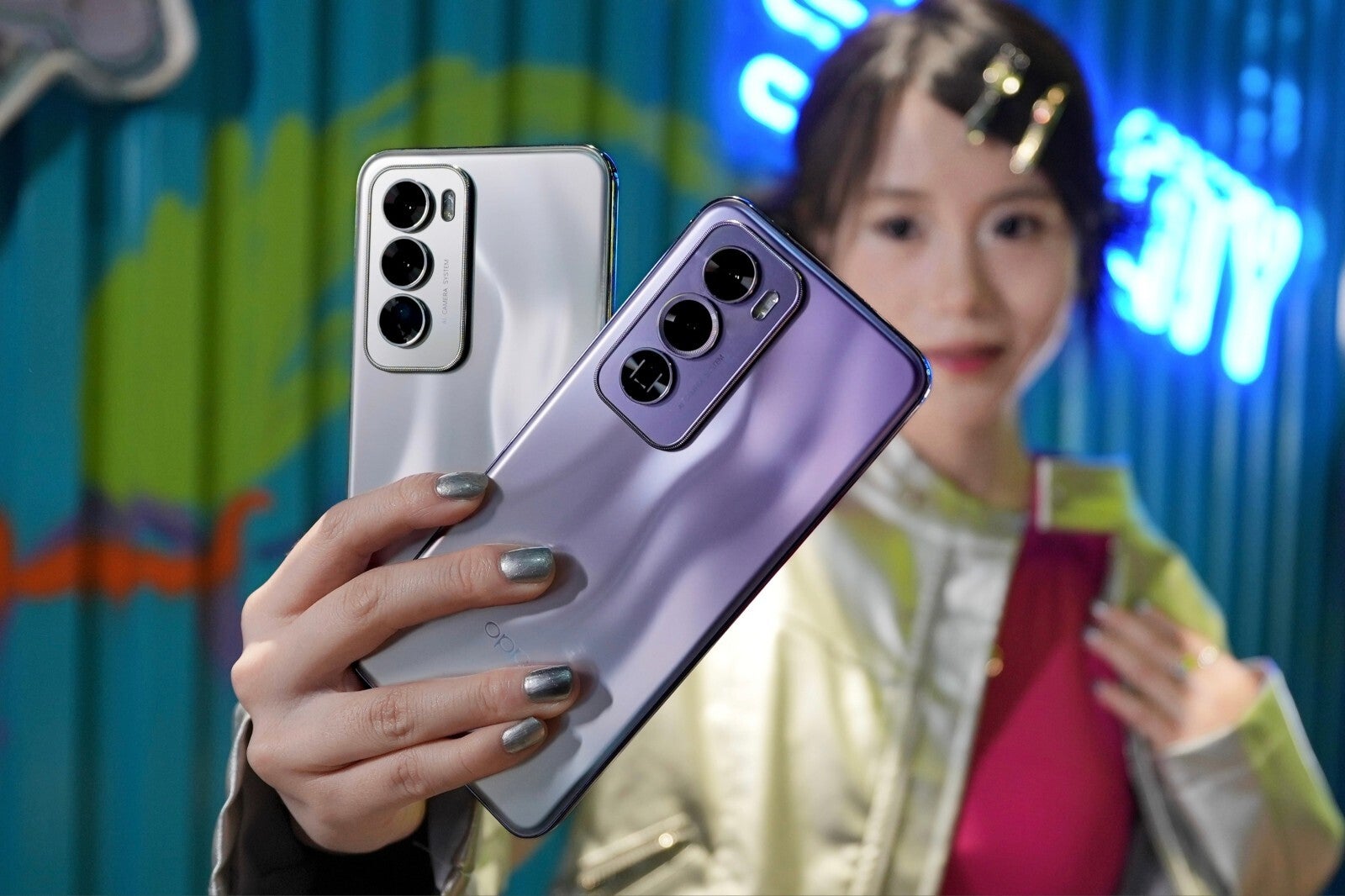
Both phones are rumored to house a 50MP main camera featuring a Sony IMX890 sensor with OIS (optical image stabilization), an 8MP ultra-wide lens, and a 50MP 2x telephoto camera. Furthermore, speculation suggests they may boast a 50MP selfie camera as well.
Previous reports suggest that the standard Oppo Reno 12 could pack a MediaTek Dimensity 8250 processor, while its Pro counterpart may boast the more powerful Dimensity 9200+. The Pro model is rumored to feature a 6.7-inch display with a crisp 1.5K resolution and a smooth 120Hz refresh rate, along with a substantial 5,000 mAh battery supporting 80W wired fast charging.
Additionally, OnePlus and Oppo recently announced a partnership with Google to bring Google's AI to their phones. The Oppo Reno 12 series is anticipated to incorporate not only some of Google's AI features but also several developed in-house.
Price details are still under wraps, but the initial launch of these two phones will take place in China. Whether they'll hit other markets soon after remains uncertain. Keep an eye out for further updates.

Motorola plans to launch another affordable smartphone in Europe, the Moto G85. The sequel to last year's Moto G84 5G comes with a few improvements over the current model, although the phone might end up being a lot more powerful than the latest leak suggests.
Recently spotted on Geekbench (MySmartPrice), the Moto G85 is powered by a Qualcomm chipset that hasn't been announced yet. According to the benchmark, the chipset features an octa-core processor with codename Malmo, which accommodates two performance cores clocked at 2.3GHz and six efficiency cores clocked at 2GHz.
On top of that, the chipset includes an Adreno 619 GPU (graphics processing unit). Rumor has it that this might be Qualcomm's Snapdragon 4 Gen 3 processor, but since it wasn't launched yet, it's hard to compare it with any of the previous chipsets when it comes to performance.
Despite that, it's safe to assume that the Snapdragon 4 Gen 3 will offer some improvement over the current chipsets. The new processor is paired with 8GB RAM, but that's likely to be just one of the variants based on the amount of memory.
The Moto G85 was previously spotted on a European retailer's website and the listing revealed that phone has 12GB RAM and 256GB internal storage, so Motorola will launch at least two different models. More importantly, the improved version was listed in Europe for €300, so the 8GB variant will cost a lot less (hopefully).
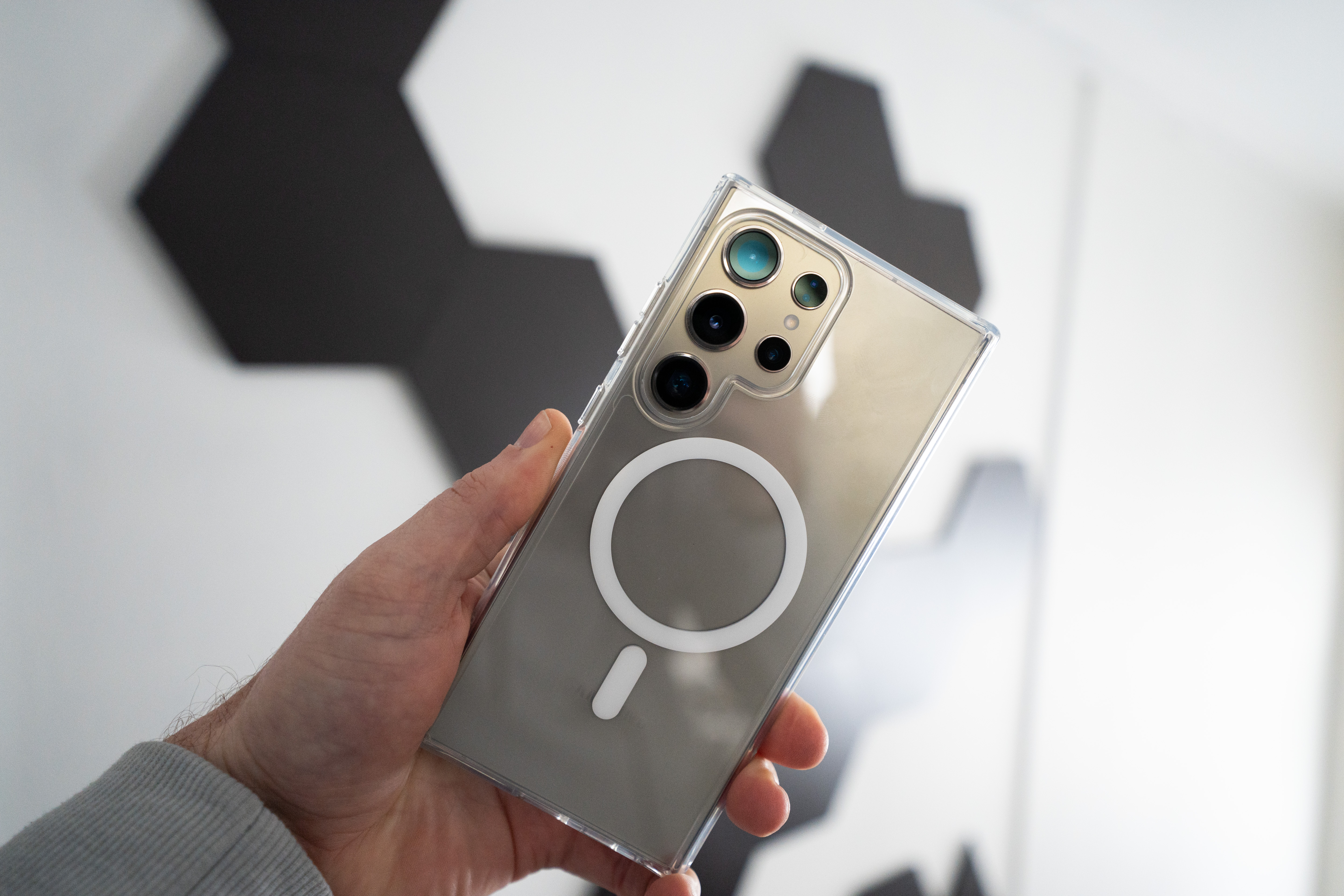
According to the rumors, the Samsung Galaxy S25 Ultra might not see an improvement in battery life. But the good news is that in the camera department, things will not change either. If that sounds a bit strange, it is because previous rumors have suggested that the Galaxy S25 Ultra could drop a camera from its setup.
This means that instead of the quad camera setup found in the Galaxy S24 Ultra, it could end up with a triple camera setup. However, a recent post on X by reliable tipster Ice Universe reasserts that the Galaxy S25 Ultra will maintain its quad camera design. The tipster claims that unlike the previous rumors, Samsung won't be removing the 3x module from the phone.
They also suggest that there is a chance it could instead be upgraded. This could be welcome news. The 10MP 3x telephoto camera has been around since the Galaxy S21 Ultra. This means that for the most part, it has remained the same over the years. Samsung upgrading it to a higher resolution sensor could be a nice change if true. Alternatively, upgrading it with larger optical zoom could also be great.
The Samsung Galaxy S25 series will not launch until 2025. We're barely halfway into 2024 so it's probably a good idea to take it with a grain of salt for now.
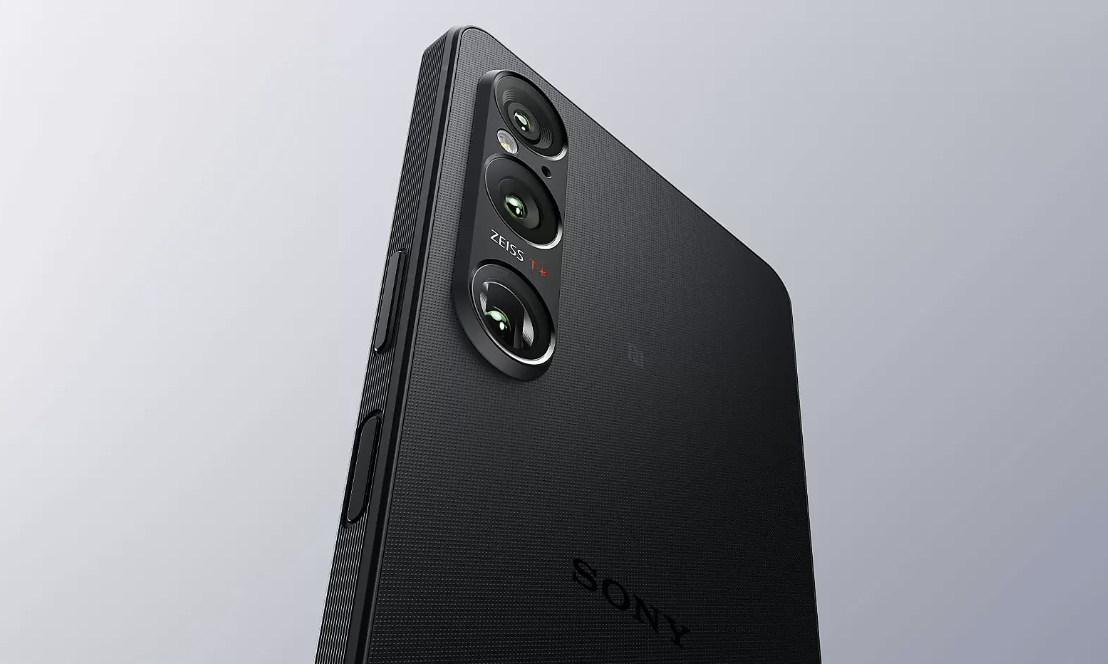
Regardless of how you look at it, it can be said that Sony's flagship Xperia 1 VI is probably its most divisive one yet. The launch of the Japanese electronics giant's newest premium Android handset has raised a few eyebrows mostly due to some interesting hardware decisions, but that's not to say that the entire phone is "bad." Let's take a look.
Sony implemented some considerable changes to the display - the phone ditches the tall 21:9 aspect ratio for a slightly stouter 19.5:9 screen, but that's not all - in lieu of Sony's signature 4K resolution panel, the Xperia 1 VI downgrades to an FHD+ resolution display - for context, this is the same resolution found on the much cheaper Pixel 8a.
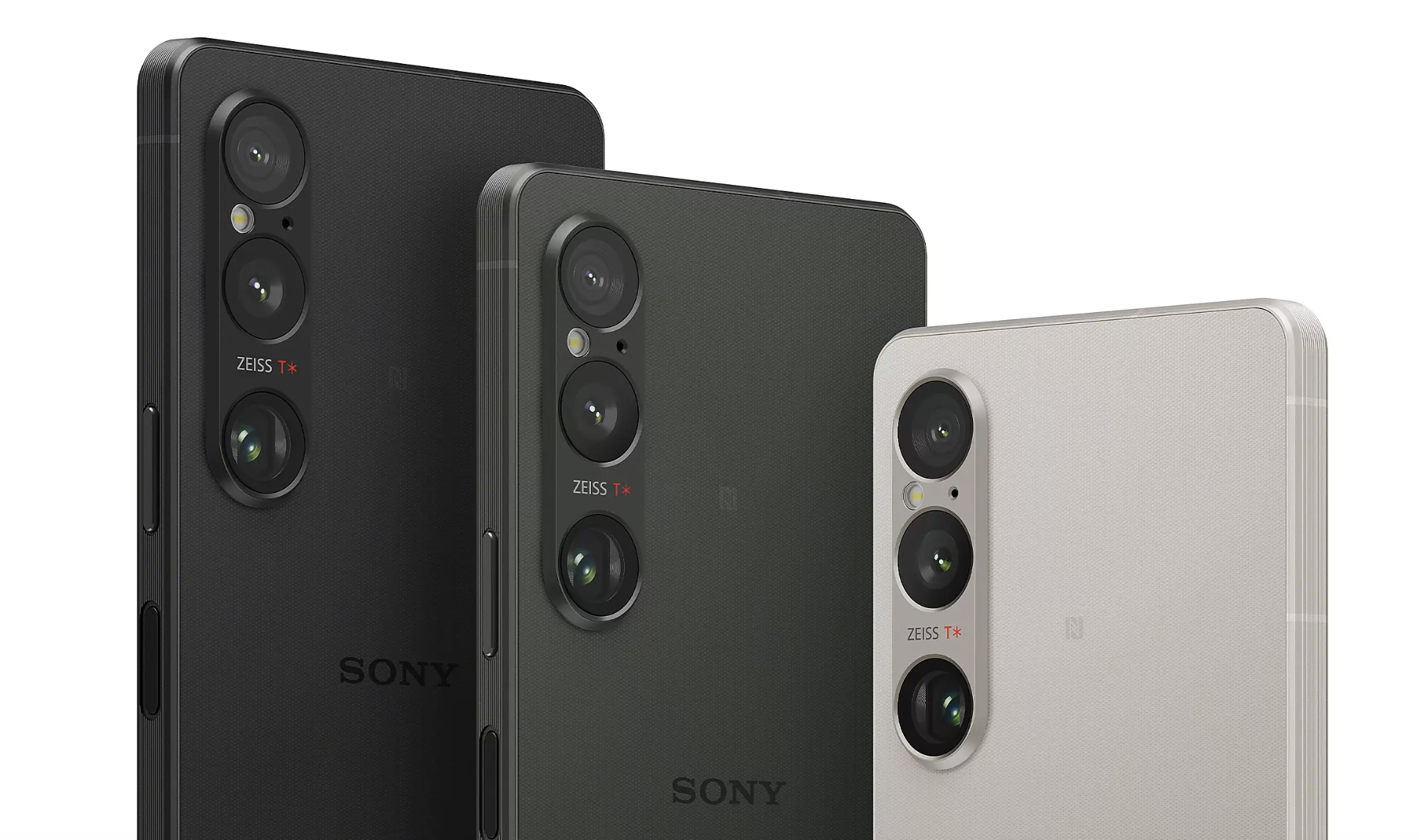
It's not all bad though - the phone comes with Sony's patented Bravia display technology which should make for vibrant colors, in addition to a smooth 120Hz refresh rate, and higher brightness.
Another highlight of the Xperia 1 VI is the camera setup on the rear panel, which features Sony's Exmor T sensor in addition to Zeiss optics. This includes a 48 MP, f/1.9, 24mm primary lens, a 12 MP, f/2.3, 85mm telephoto lens, as well as a 12 MP, f/2.2, 16mm ultra wide camera; selfies are handled by a 12 MP camera in front. Video on the main setup maxes out at 4K at 120fps, and the phone does pack a ton of in-depth imaging functions with the overhauled camera app.
As with most other flagship phones this year, the Xperia 1 VI comes with the Qualcomm Snapdragon 8 Gen 3 inside, which is assisted by up to 12GB of RAM (no 16GB action on here), and up to 512GB of internal storage. The phone also runs on a 5,000 mAh battery with 30W charging support, all wrapped up in an IP68 chassis with Gorilla Glass on both the front and back.
With that being said, the phone will get up to four years of support, and will come priced at around $1,600 when converted, making it one of the more expensive Android devices on the market right now.
![]()
Android has a lot of accessibility features that help users with various disabilities use and interact with their phones. But now it looks like Google is bringing a new accessibility feature to Android. This comes in the form of Project Gameface.
Google announced Project Gameface at I/O 2023. It is a feature that basically allows computer users to control the mouse cursor on their screens using head movements and facial gestures. Now Google has brought the feature onto Android. This will work similarly in concept to the computer version.
Users will be able to use head movement along with facial gestures to control a virtual cursor on their Android smartphones. This means that users who are movement impaired will be able to interact with their phones in a new and hopefully improved way. Some of the gestures include raising eyebrows to click and drag. They can also open their mouths to move the cursor, and more.
Similar to the computer version of Project Gameface, Google is open sourcing more code. This will allow more Android developers to create apps that offer greater accessibility. We're not sure which apps will take advantage of it for now, but the code has been released on Github for those who are interested in checking it out.
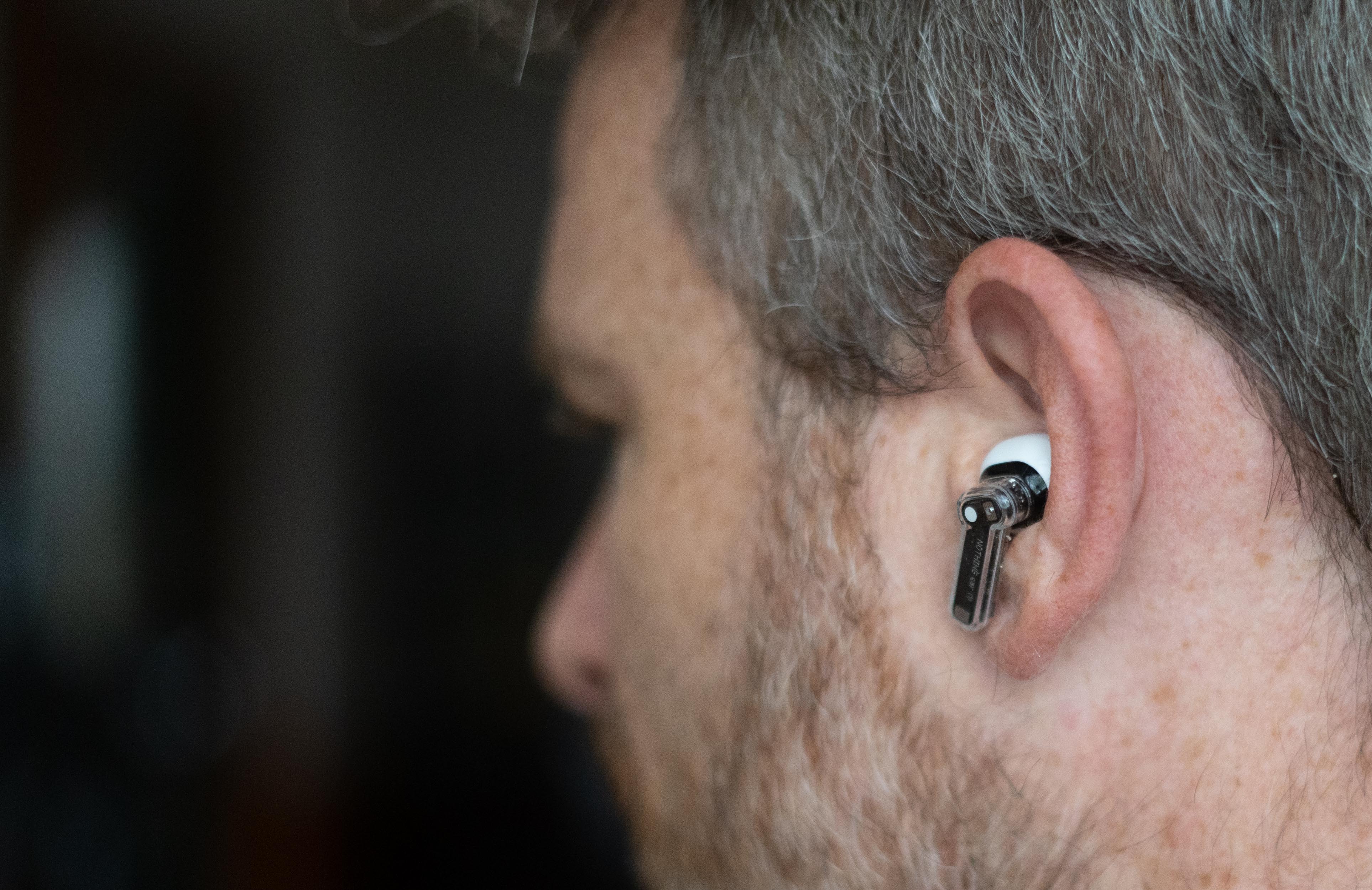
A while back, the launch of the Nothing Ear (a) was accompanied by a big announcement from the company teasing ChatGPT support for its phones and audio gear, which proved to be a big hit among fans. With that said, the company promised that the feature will make its way to more of its products via future updates, and it looks like this will be happening soon.
Nothing's official Twitter/X page posted an update on the upcoming ChatGPT support for its many Ear models, which reads:
ChatGPT on-the-go. Alongside Ear and Ear (a), our ChatGPT integration is coming to all of our audio products: Ear (1), Ear (stick), Ear (2), CMF Buds, CMF Neckband Pro, and CMF Buds Pro. Update your Nothing X app on May 21st.
In other recent ChatGPT news, Open AI recently demoed its new ChatGPT-4o AI - the company says that the new version will be faster than before and will offer improvements over existing text, voice, and vision related features. It's also available to all users, including folks on the free plan, albeit with some usage limits.
With all that said, Nothing fans can soon look forward to direct AI access in their ears within this month.
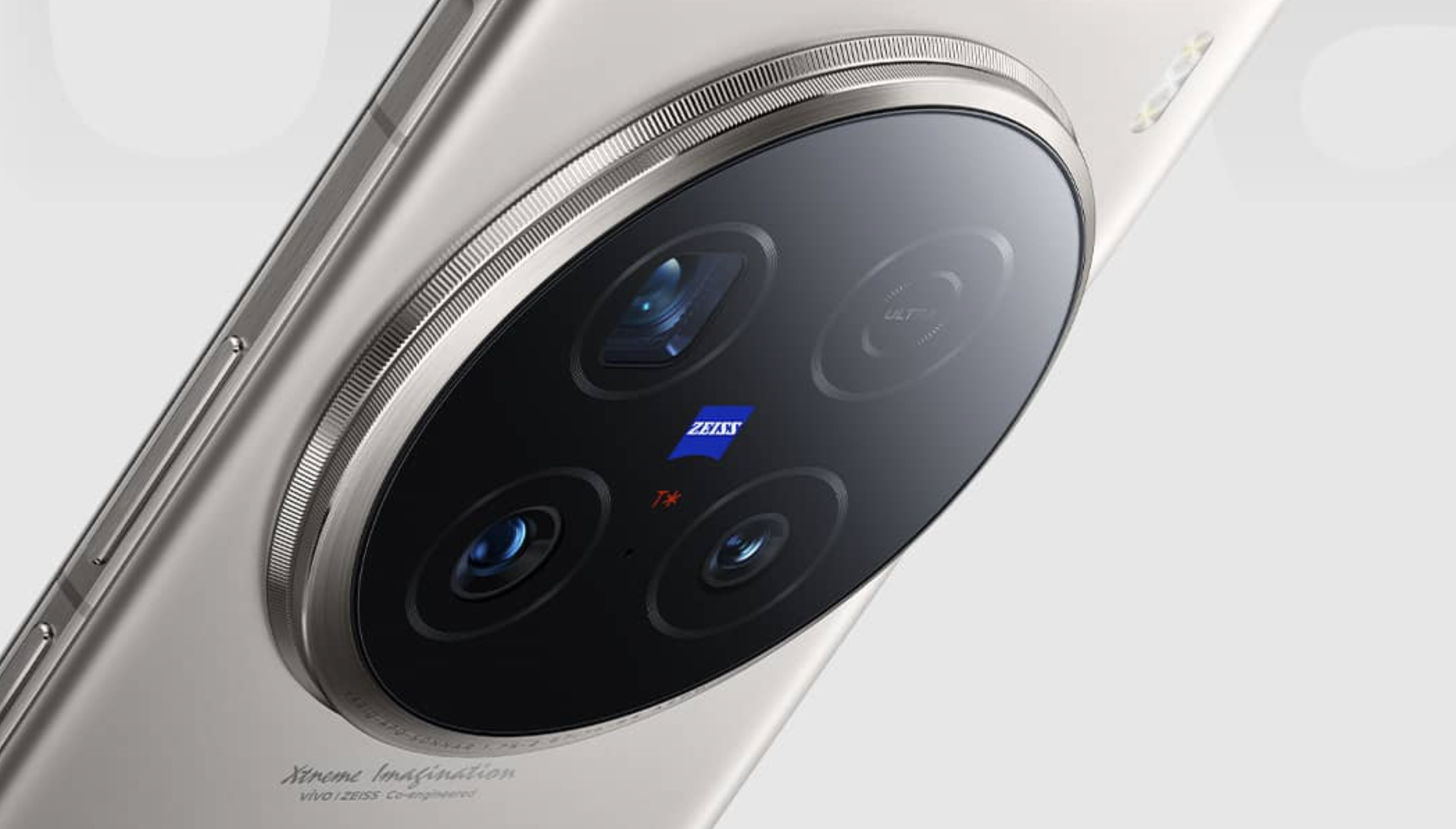
While some might say that smartphone cameras have mostly stagnated in terms of hardware, there are rare occasions when we see some rather impressive strides with new devices. One example is Vivo's new X100 Ultra, which was recently announced for Chinese markets.
With that being said, Vivo has clearly positioned the X100 Ultra to take on the likes of the iPhone and Galaxy Ultra series, with some formidable camera specifications - the phone's immensely large camera module contains a 1-inch main camera with a Sony LYT-900 sensor, in addition to a 200MP periscope camera and 1/1.4″ ISOCELL HP9 sensor, which was developed with Samsung.
Additionally, the X100 Ultra's imaging system also packs the V3+ imaging chip inside, which Vivo says is designed to process professional-looking videos.
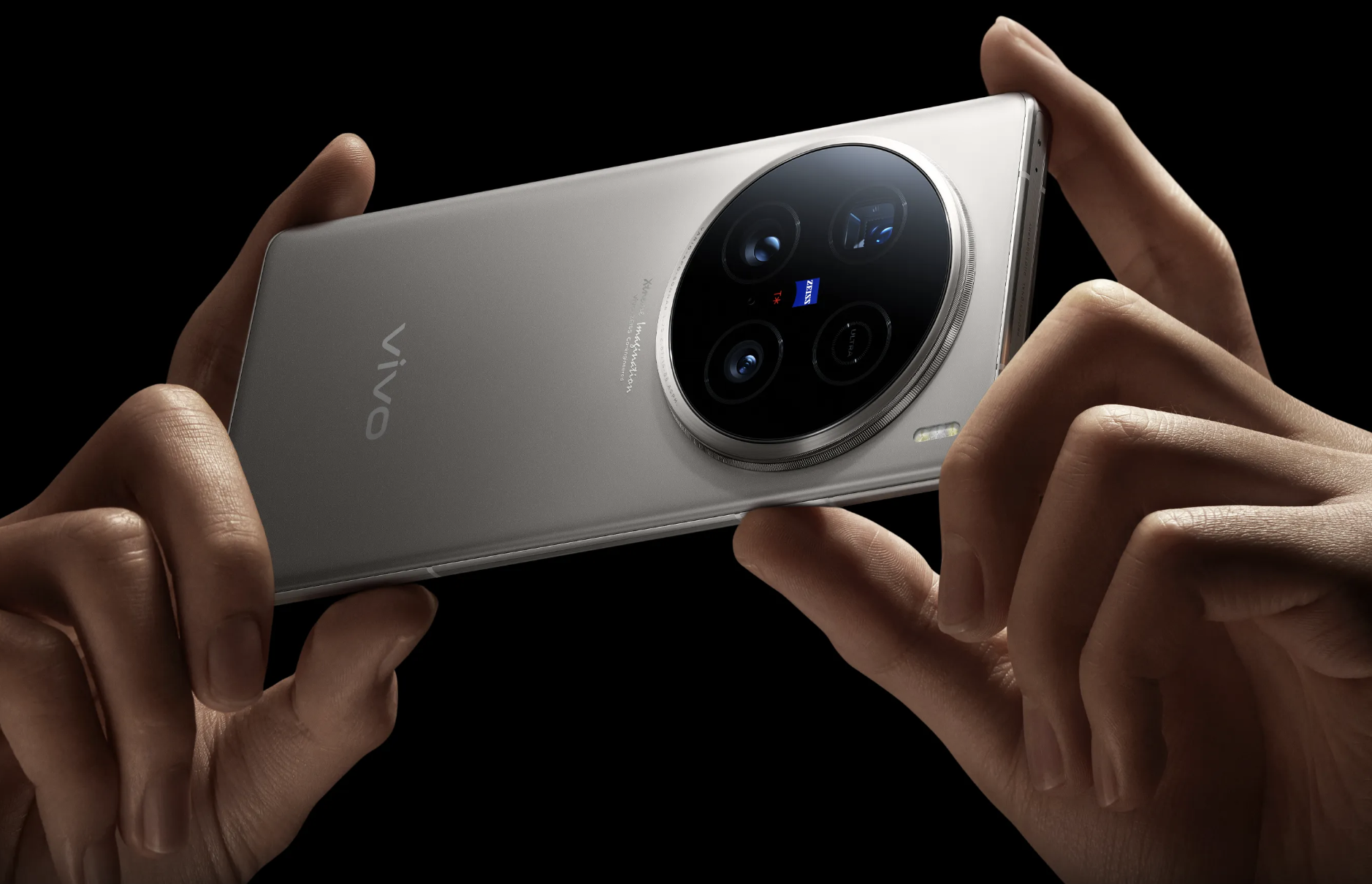
Other hardware details include a Snapdragon 8 Gen 3 chip inside, with up to 16GB of RAM and 1TB of internal storage. The front of the phone features a large 6.78-inch LTPO AMOLED screen, with a 120Hz refresh rate and up to 3,000 nits of peak brightness. Powering the phone is a 5,500 mAh battery with 80W charging support.
The phone starts at around $900 when converted for the base storage configuration, which comes with 12GB RAM and 256GB of RAM.
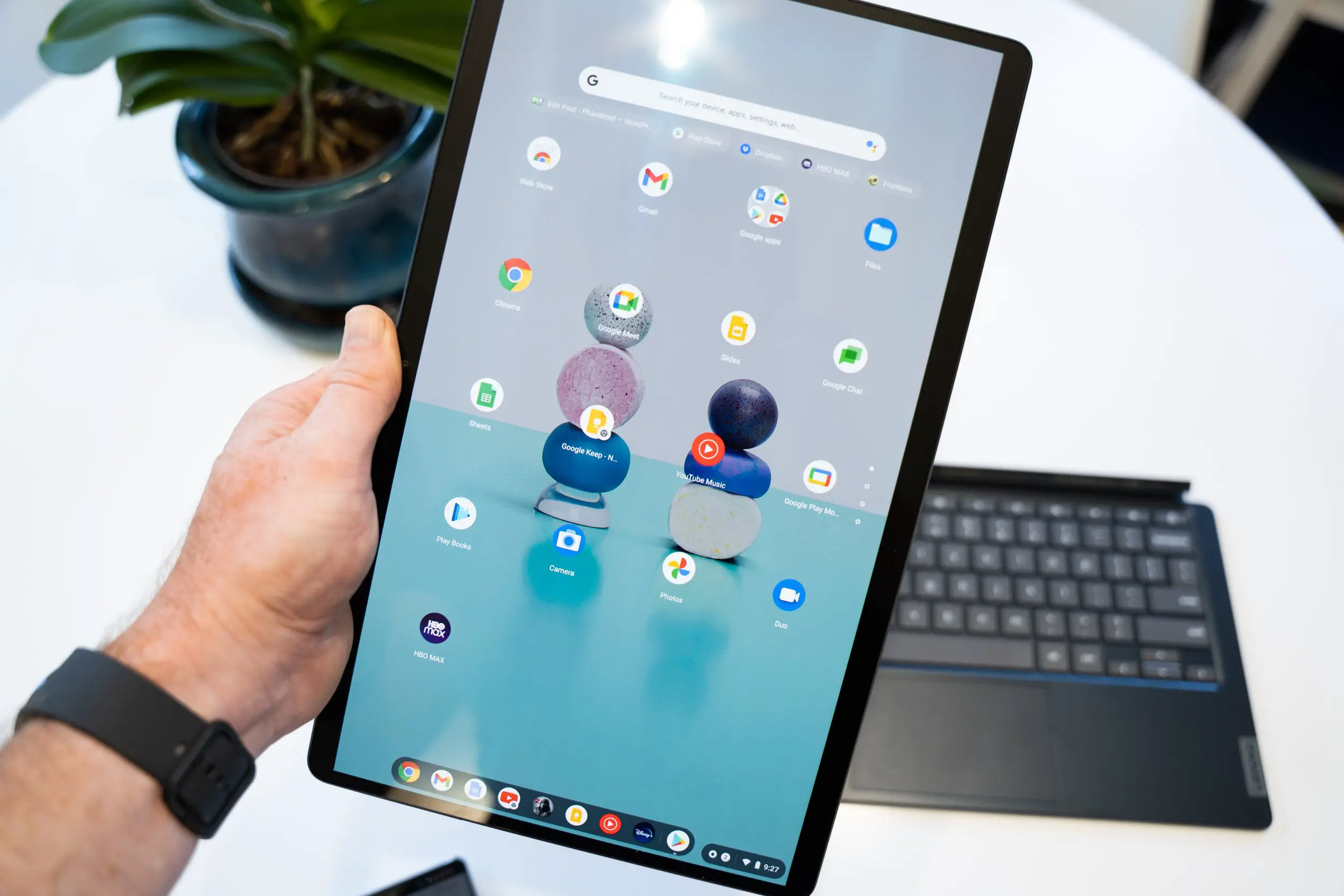
Android isn't the only operating system by Google. The company also has its Chrome OS platform that is typically used for computers and laptops. But now according to a report from Android Authority, it seems that Google is testing further integration of Chrome OS into Android.
According to the report, Google has shown off the ability for Android to run Chrome OS through a virtual machine. This takes advantage of Android's Virtualization Framework. This demo was reportedly shown to Google's partner companies. Unfortunately, they did not mention if there are plans to actually release this.
If this sounds familiar, it is because years ago, Google was reported to have been working on some new hybrid platform that combines Android with Chrome OS. That obviously never came to pass, but this looks like it could be a happy middle. So what does this mean for Android or Chrome OS users?
While we doubt that we'll see the platforms merge, it could be a way for Chrome OS users to run apps for Chrome OS on their smartphones. At the moment, Chrome OS users can already run certain mobile apps on their computers. So why not the other way too, right? Now like we said, it does not appear that Google is planning to commit to this. Maybe it's just a demo that's part of a different project, but either way, color us intrigued!

A lot of modern day foldable smartphones tend to feel quite similar to one another. But when we reviewed the OnePlus Open, we were actually pleasantly surprised at what a great experience it was. We weren't alone in our sentiment, which is why if you're excited for the OnePlus Open 2, we might have some bad news for you.
According to a post on X by Kartikey Singh, it seems that the OnePlus Open 2 might not launch this year. The original OnePlus Open launched in the later part of 2023. Most companies refresh their phones on an annual basis. it's not a stretch to think that the company could launch the OnePlus Open 2 this year.
However, the post claims that it might skip 2024 and launch in 2025 instead. A follow up reply by Chun Bhai "confirms" the delay. The post adds that the the Qualcomm Snapdragon 8 Gen 4 could power the handset. It is a bit disappointing that we won't see the OnePlus Open 2 this year, but at the same time, we don't really mind it.
OnePlus certainly took their time before hopping on board the foldable bandwagon. If they have to "delay" the launch of its second model to further improve it or add more features, we're all for it. It is also quite a risky move. Samsung will be launching their new foldables this year, so OnePlus will have to compete with those devices as well.
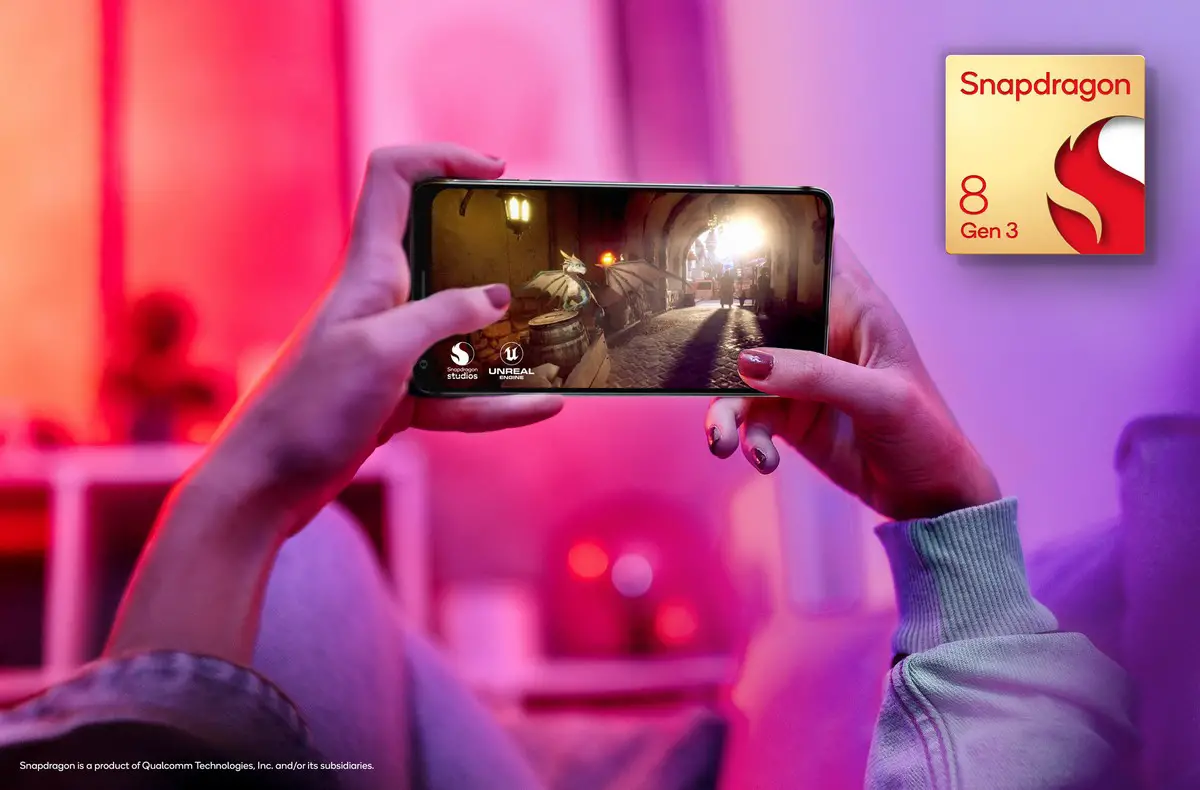
Qualcomm and Apple's chipsets power devices that run on completely different platforms. But they are still in competition with each other over who can create the most powerful hardware. So much so that following the launch of the Apple M4, Qualcomm could be thinking of redesigning its upcoming Snapdragon 8 Gen 4 chipset.
According to a post on X by @jasonwill101, Qualcomm is looking to finalize the redesign of the Snapdragon 8 Gen 4 in June. The chipset was originally intended to come with a targeted frequency of 4.0GHz and above. But now the post claims that Qualcomm will raise the bar with a new targeted frequency of 4.26GHz.
Apparently Qualcomm is doing this in anticipation of the A18 chipsets that will launch later this year. The M4 is used to power Apple's latest iPads and possibly future Mac computers. It is built on TSMC's latest 3nm process. The A18 chipsets are expected to follow in its footsteps.. This means there's a chance that the A18 could be just as powerful.
In light of that, Qualcomm is probably hoping to narrow the gap or even potentially surpass the A18 with this redesign of the Snapdragon 8 Gen 4. Recent reports suggests that the Snapdragon 8 Gen 4 could be a beast in terms of gaming. We'll probably have to wait for the release of both the Gen 4 and A18 to get a better idea.
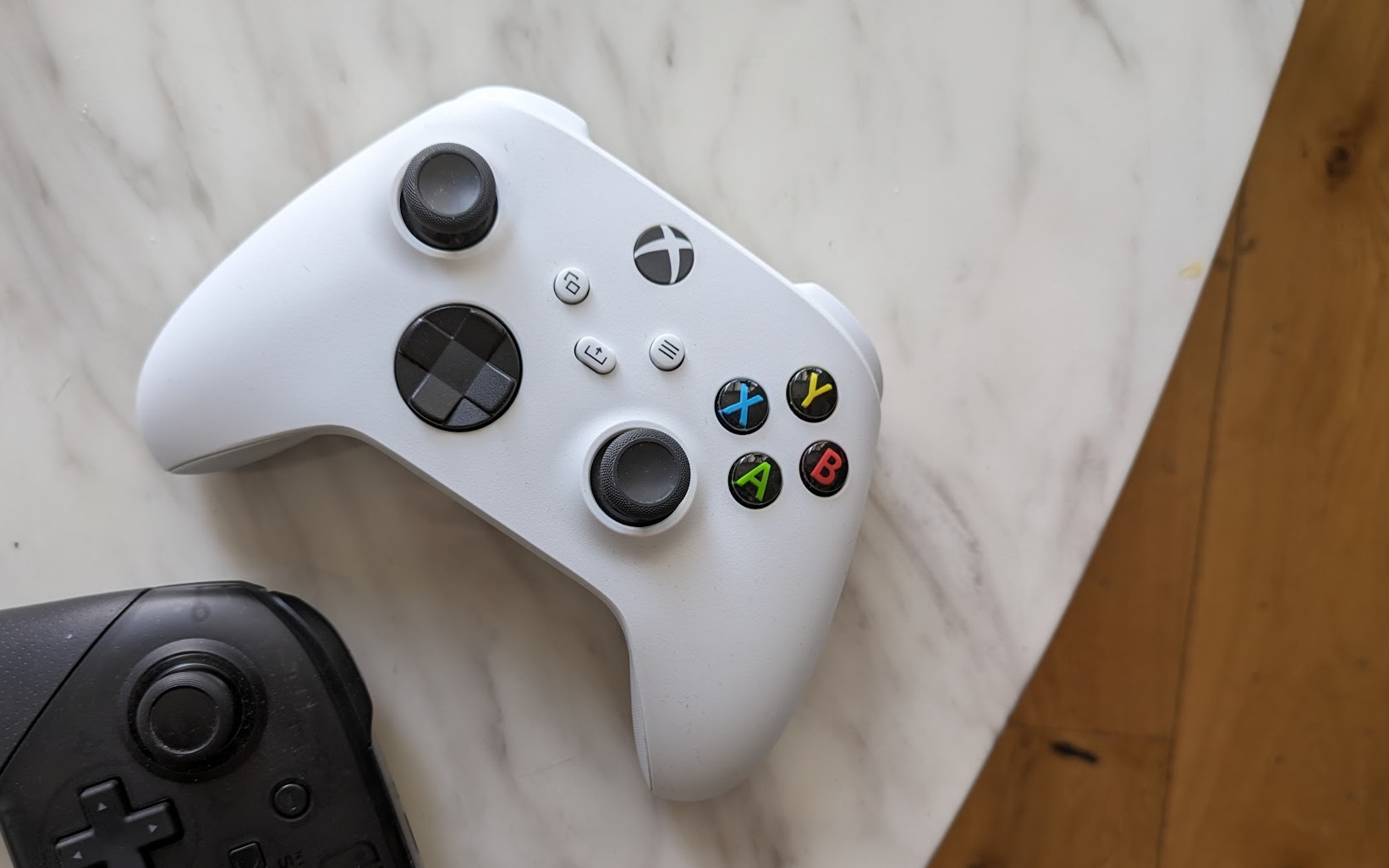
While Microsoft might have failed to create their own smartphone platform, the company has since managed to pivot its strategy. Instead of trying to compete with Apple and Google, they have "joined" them by creating apps and experiences for iOS and Android. The latest effort comes in the form of a mobile Xbox store that will launch this summer.
Back in 2023, Microsoft's Phil Spencer confirmed that they have plans to launch an alternative to the Google Play Store and Apple App Store. It looks like it didn't take the company too long to bring it to market. According to a report from Bloomberg, it quotes Xbox president Sarah Bond as confirming that the store will launch in July 2024.
According to Microsoft, the titles that will be initially available include Candy Crush and Minecraft, but obviously more will be added in the future. Also, what's interesting is how this app store will not be an app itself. Instead, Microsoft plans to use a web-based app store. This means that it will be more accessible and could open up the door to apps not just for mobile.
That being said, we have to wonder if there are simply too many third-party app stores out there right now. This can result in fragmentation, especially if developers choose to launch an app in one store and not another.
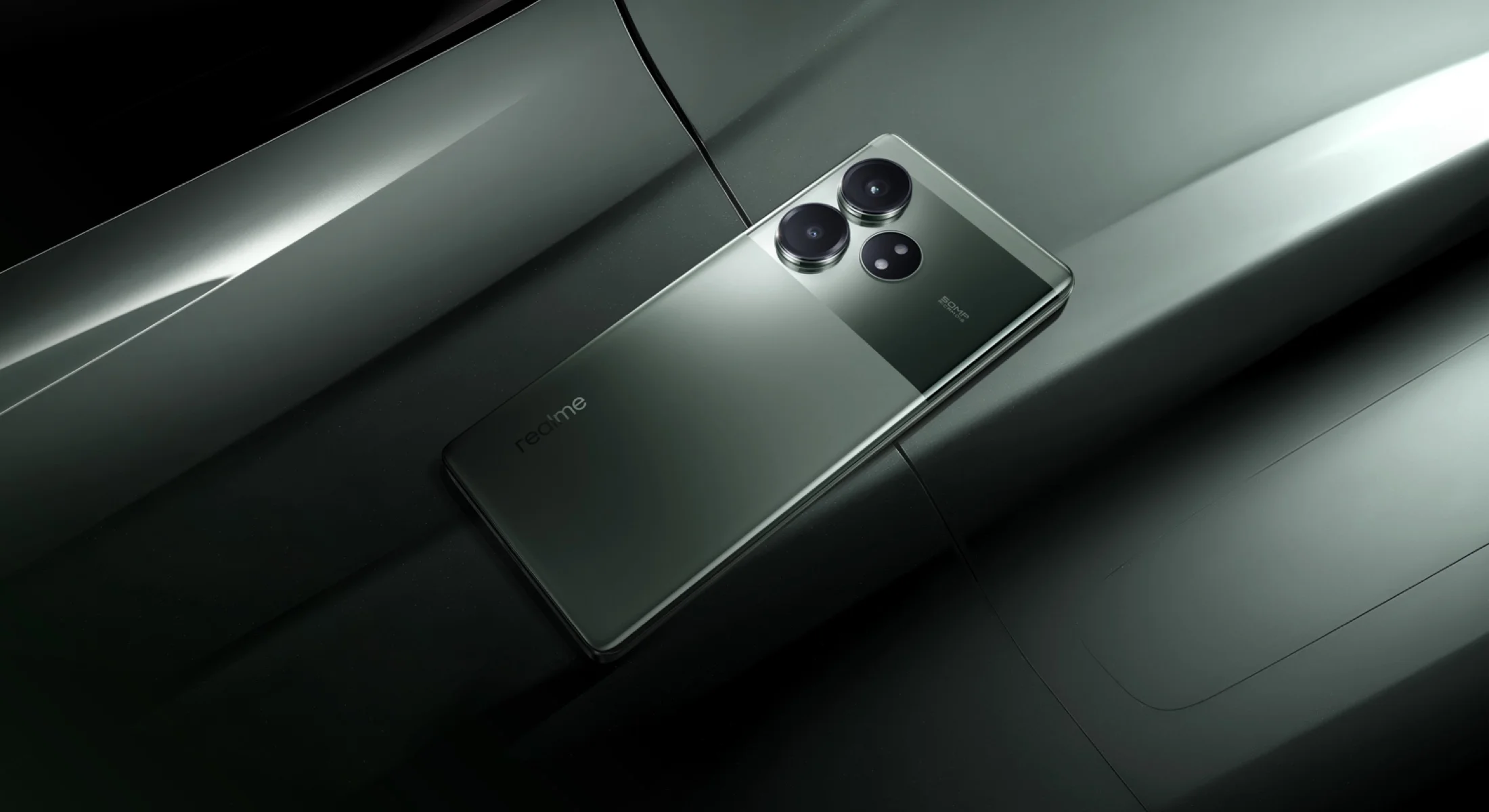
Back in March, Qualcomm announced a new chipset in the form of the Snapdragon 8s Gen 3. This is basically a variant of the flagship Snapdragon 8 Gen 3, but it will be cheaper. Now it looks like the first phone to use the chipset has been announced, and it is none other than Realme's latest flagship, the GT Neo6.
The phone features the use of a 6.78-inch LTPO AMOLED FHD+ display with a 120Hz refresh rate. It also has a display that can go up to 6,000 nits peak brightness (HDR only). On the back of the phone, a dual camera setup can be found. This consists of a 50MP Sony IMX882 and an 8MP ultrawide which uses a Sony IMX335 sensor.
The phone is offered with 12-16GB of RAM, and will go up to 1TB in storage. It also packs a 5,500mAh battery with support for 120W charging. The use of Qualcomm's chipset is interesting. The chipset is based on the Snapdragon 8 Gen 3 but features slightly slower clock speeds. It also uses the previous-gen Adreno GPU, which is more than capable, but obviously not the latest.
The upside is that the use of the Snapdragon 8s Gen 3 has helped Realme make the GT Neo6 more affordable. It is priced starting at 2,099 yuan, which is around $290 after conversion. Not too bad for a flagship handset.
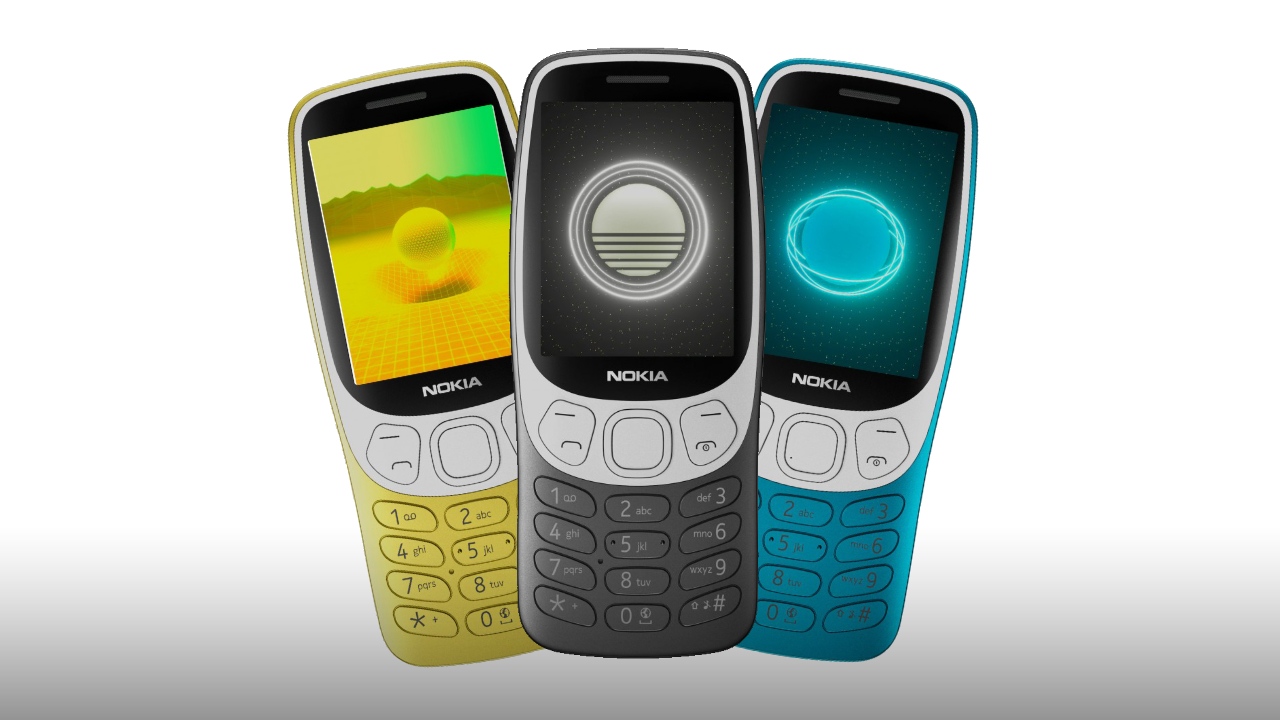
While Finnish company HMD Global is slowly moving towards its branding for new (and old) smartphones, it looks like it's still committed to using the Nokia brand for more basic feature phones, as seen with the launch of the new 2024 edition of the Nokia 3210.
Similar to the modernized 3310 model from a few years back, the new 3210 features the same overall form factor as seen on the original, although it does come with newer features such as a larger 2.4-inch color display, a 2MP camera with LED flash, Bluetooth 5.0, USB-C connectivity, and a 1450 mAh battery.
Additionally, the handset supports 4G connectivity, up to 32GB of micro SD card storage, and there's even a 3.5mm headphone jack for users who prefer wired audio solutions.
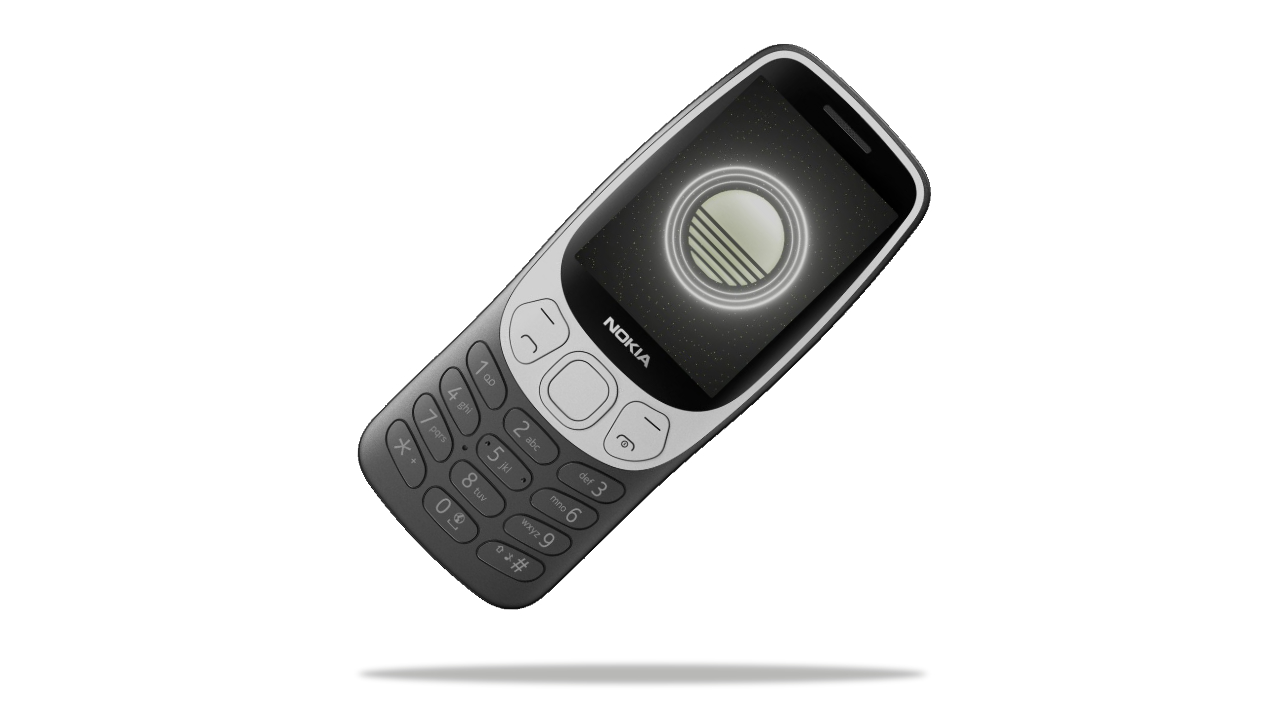
For software, the phone runs on the S30+ platform, and comes with the bare essentials - with that said though, Nokia promises that it comes with the popular Snake mobile game onboard. Available in Scuba Blue, Y2K Gold, and Grunge Black, the phone is priced starting at around $95.
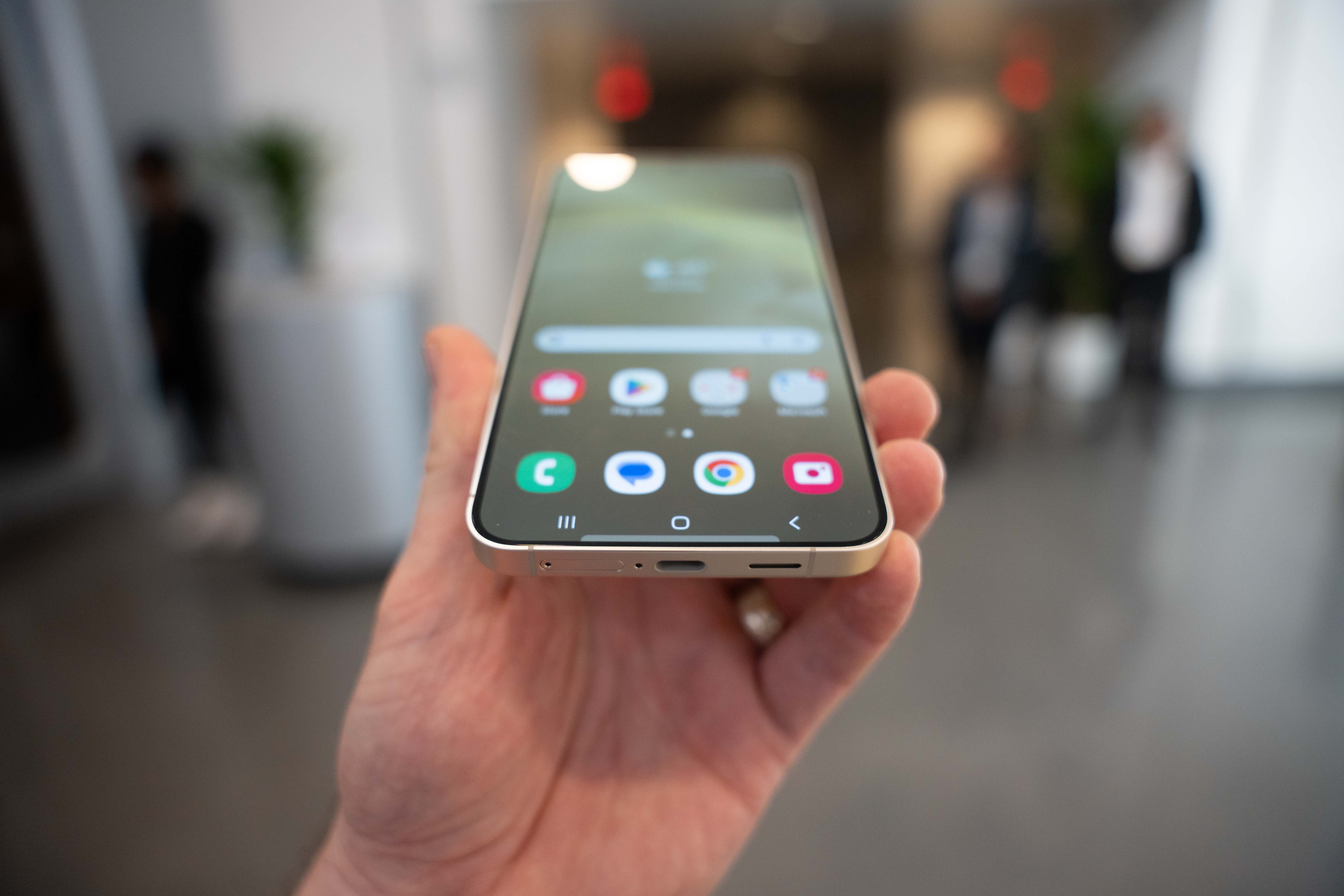
The Samsung Galaxy S24 series was launched with Android 14 on board. With Android 15 being the next major update, a report from SamMobile has revealed that Samsung could have started working on One UI 7.0, which will be the next update for the Galaxy S24 smartphones.
According to the report, a new firmware has appeared on Samsung's servers. It has the firmware version S928BXXU2BXE2, which signifies a new major One UI version. There's no way to confirm if this is One UI 7.0, but it's a very good chance that it is. Google has already released the first Android 15 beta, so it stands to reason that Samsung could already be working on an update of their own.
At the moment there's no telling when it will be released. Samsung released the One UI 6.0 beta back in August 2023. This means there's a good chance One UI 7.0's beta could be released around the same time. Samsung eventually released the Android 14 update for the Galaxy S23 towards the end of October.
Assuming Samsung keeps to their timeline, One UI 7.0 for the Galaxy S24 series could also be released around then. Either way, we're still months away from a public beta, so we'll just have to wait for Samsung to officially announce something.
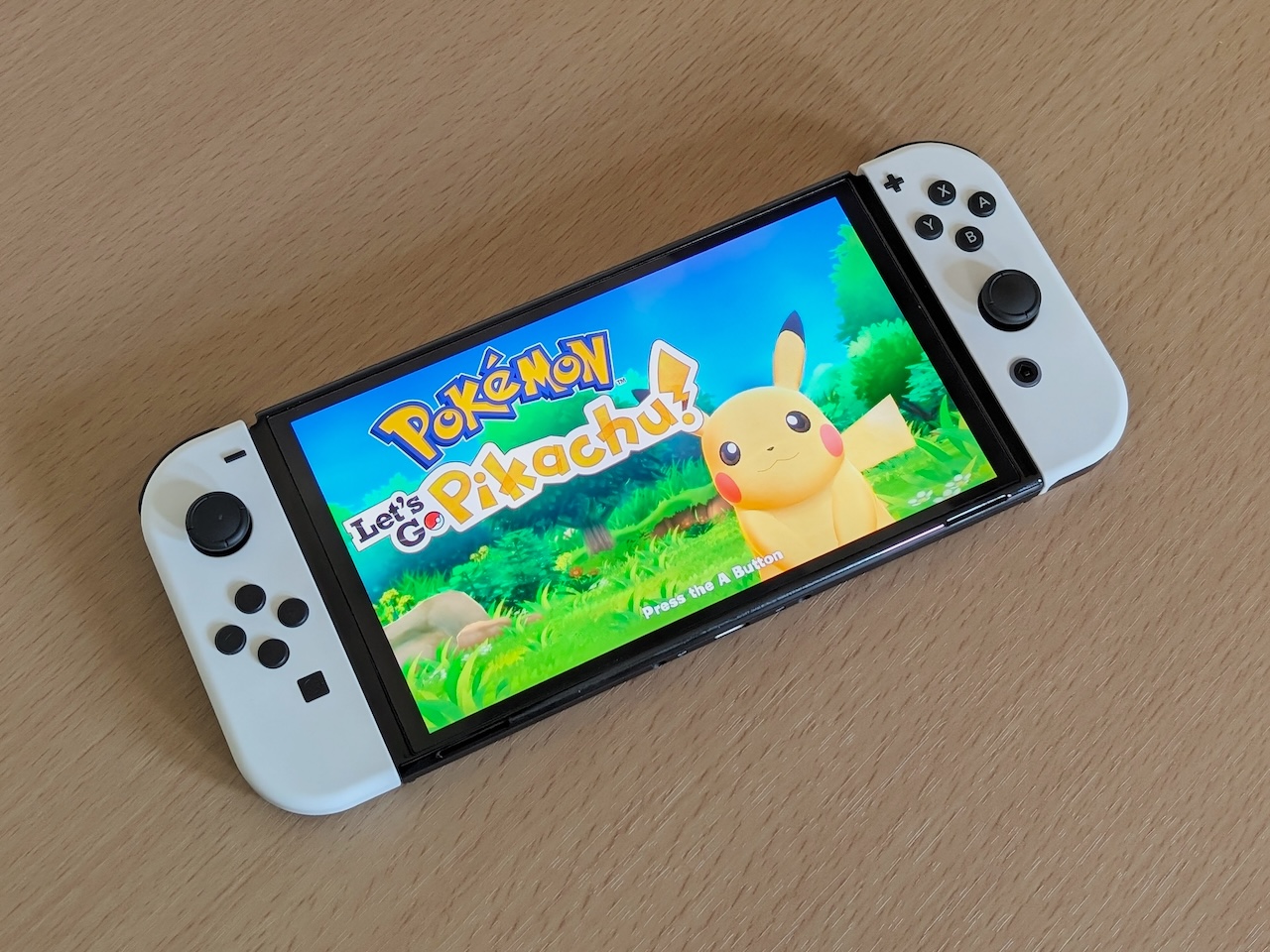
While we've gotten some tasty new tidbits regarding the hardware behind the Nintendo Switch's much awaited successor, the console itself mostly remains a mystery with varying sources each giving different timeframes of a possible launch date. More recently though, it looks like Nintendo President Shuntaro Furukawa has finally given fans a definite schedule regarding the console's launch.
Posting on its official X/Twitter page, Nintendo Japan shared a message from Furukawa regarding an upcoming announcement about the Switch sequel, although he clarifies that it won't be later within the fiscal year. The full message reads:
This is Furukawa, President of Nintendo. We will make an announcement about the successor to Nintendo Switch within this fiscal year. It will have been over nine years since we announced the existence of Nintendo Switch back in March 2015. We will be holding a Nintendo Direct this June regarding the Nintendo Switch software lineup for the latter half of 2024, but please be aware that there will be no mention of the Nintendo Switch successor during that presentation.
With all that said, it's safe to say at this point that we'll get the full details regarding the Switch 2 (if that's what Nintendo decides to call it) several months from now, or at least until we get more reliable leaks about the console.
A recent report from Spanish media outlet Vandal indicates that the Switch 2's design will include a magnetic connection setup for the Joy-Cons, a rather different approach to the rail-based system that the current Switch uses. If true, this means that current Joy-Con models might not work with the upcoming console, which is also predicted to be slightly larger than the current model.
![]()
Google's market share for smartphones isn't that big. Compared to Apple and Samsung, Google only commands a fraction of the market. But this isn't an issue with the company's hardware, but rather the fact that Google's Pixel handsets aren't available worldwide. That changes with the Pixel 8a as Google has announced its availability in Poland.
If you're a Phandroid reader from Poland, the good news is that you'll be able to pick up the phone soon enough. The handset is priced starting at PLN 2,449. If you're not from Poland and you're in a country where the Pixel phones aren't officially available, it looks like you're out of luck.
However, Google's decision to expand the availability of the Pixel 8a could suggest that they might bring it to other markets in the future. There's no guarantee of that happening, so don't get your hopes up just yet. That being said, other regions where the Pixel phones aren't officially available have been resorting to gray market imports.
This means that they probably pay higher prices compared to official markets. However, it's one of the ways they can get their hands on the phone for now. For the rest of us, the Pixel 8a is available for pre-order and will be released in stores May 14.
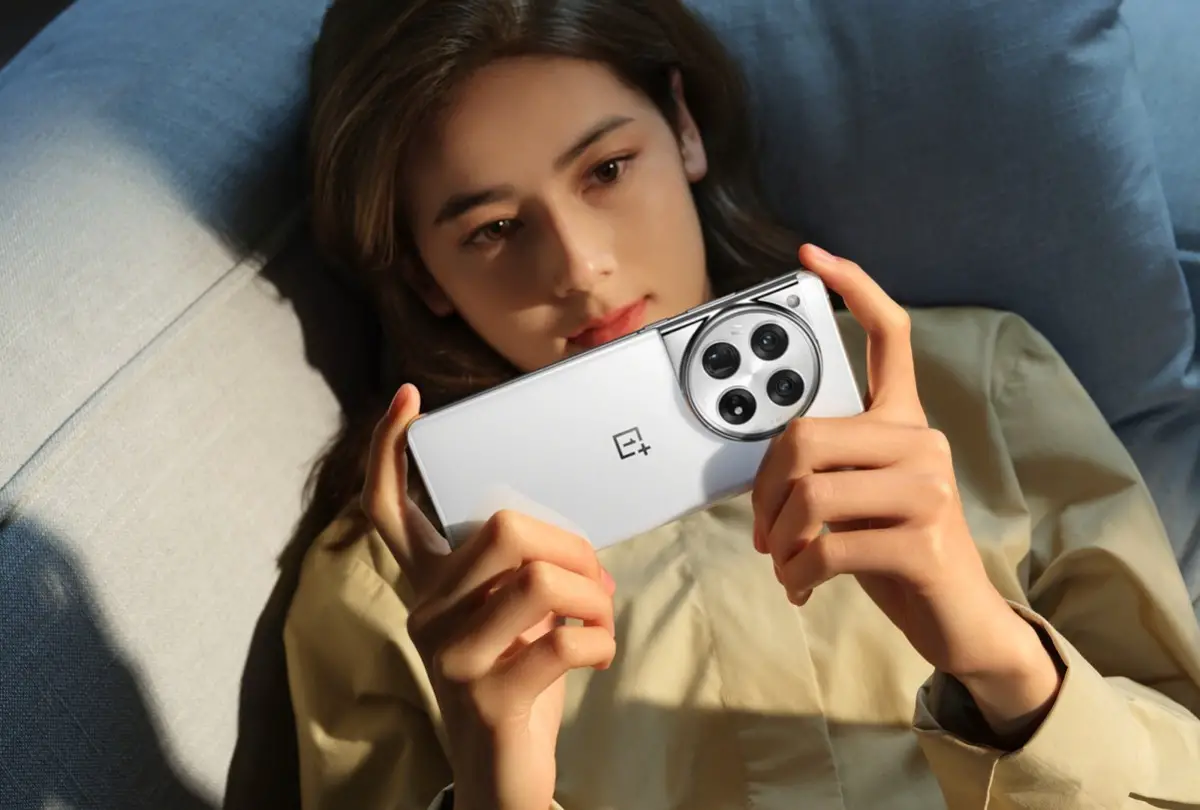
The OnePlus 12 was announced back in December 2023. This means that a successor will most likely come towards the later part of the year. While it might still be early, it seems that a possible render of the OnePlus 13 has leaked online. This is according to a post on Weibo by user "fixed focus digital".
Assuming the render is the real deal, it shows a somewhat plain-looking design on the back of the phone. It's all silver with a square camera module featuring a triple camera setup and a flash unit. It's interesting because past OnePlus designs have opted for a circle camera module.

This is why not everyone is convinced this is the real deal. Reliable tipster Yogesh Brar shared on X that the OnePlus 13 will continue to use the same circular camera cutout as its predecessors. It will be more centrally focused, similar to the Oppo Find X7. This is a slight change from the OnePlus 12 whose cameras were placed towards the side of the phone.
It's hard to say who's right. We're only in May and the OnePlus 13 won't be coming anytime soon, so it might be too soon to tell. Either way, it's probably best to take it with a grain of salt for now until we get more details.
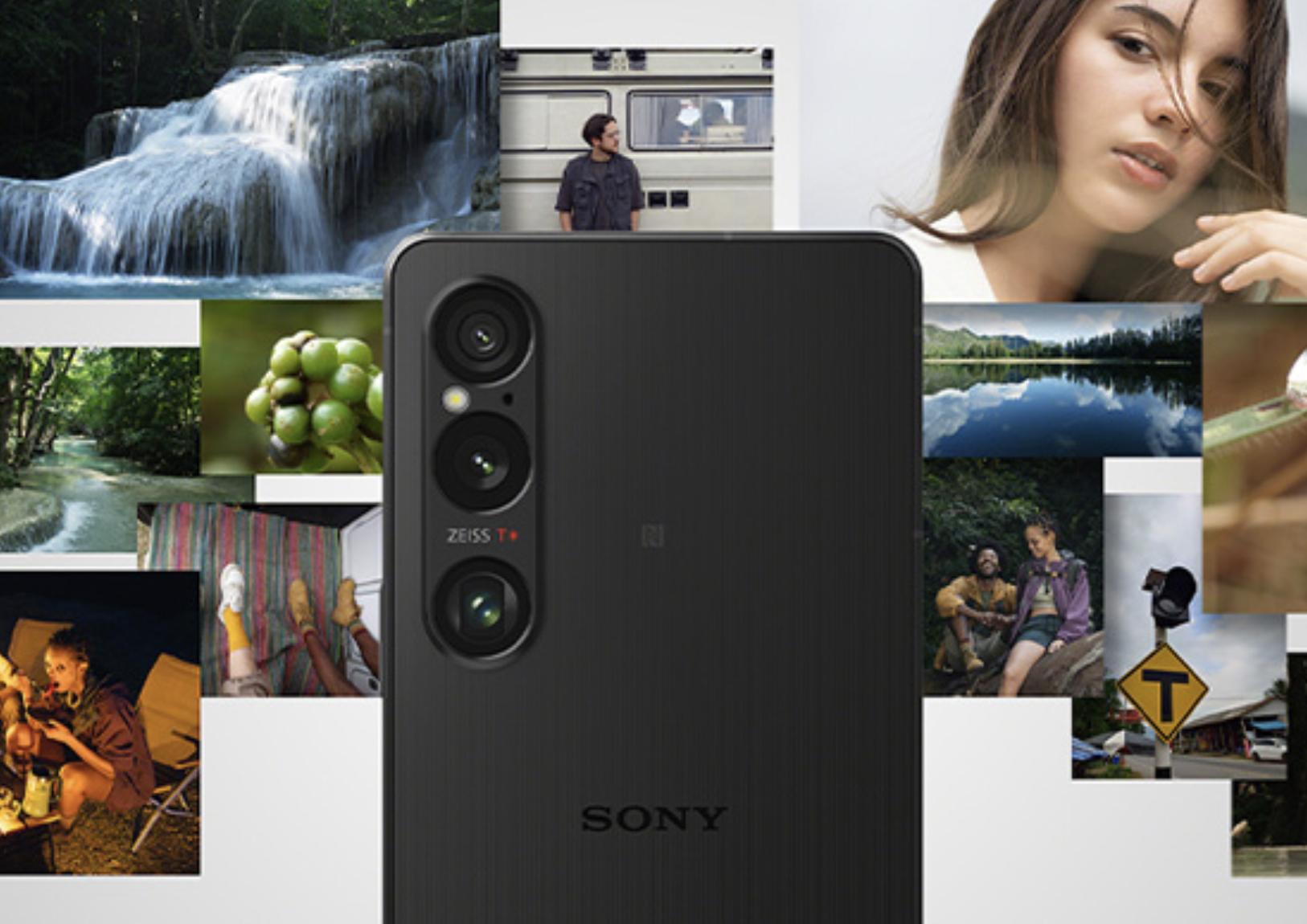
Following a number of leaks which reveal some design and hardware aspects of its upcoming Xperia phones, Sony has finally confirmed an official launch date for its 2024 series of Android handsets. More specifically, the company is set to reveal new hardware on May 15th, which will be broadcast at 16:00 Japan time / 09:00 CEST.
The announcement was posted by Sony's official Xperia social media page, although not much else was mentioned in the post. With that said however, we can expect the Xperia 1 VI to make its debut during the event.
Recent leaks suggest that the phone will feature a triple-camera setup consisting of an ultra wide angle 16mm lens, a wide angle 24mm lens (48mm with 2X optical zoom), as well as a telephoto zoom 85-170mm lens (up to 7X zoom). It's predicted that the 24mm lens comes with Sony's "Exmor T for mobile" stacked CMOS image sensor.
Sony is also expected to ditch its "Pro" photo and video software, which will be replaced by a single app which will pack features from the company's Alpha line of cameras. For audio, there will be a new high-performance audio chip and circuit improvements, in addition to Hi-Res Audio, Hi-Res Audio Wireless, 360 Reality Audio, LDAC, DSEE Ultimate, and the reliable 3.5mm jack.
:max_bytes(150000):strip_icc()/Casino-Games-by-Michael-Blann-GettyImages-200325572-001-5c26042d46e0fb00017bb4b3.jpg)
Everyone wants to know which games in the casino give them the most chances to win. Well, while most games in the online casino are designed in such a way that they favour the house, there are a few games which will surely leave you with a sweet taste of profit if you are an able player. These games take a little bit of strategy and skill, but the payout from them can be quite nice if you know what you are doing.
Understanding Casino Game Odds
House Edge Explained
The house edge means the advantage that the online casino has over players in a given casino game. It shows the portion of every wager the gambling joint means to take and keep over the long term or some other fixed period.
For example, if a game has a house edge of 5%, then for every $100 bet, the casino expects $5 to stay with it. The house edge is what makes it such that it is rather hard to win in the long run, though it greatly varies from game to game.
Probability and Payouts
The probability of winning in a casino game is some chance that some outcome will take place. It usually finds its way in the form of a percentage or fraction. On the other hand, payouts are the amount that the online casino awards for any given win outcome. It usually expresses the multiple of the first bet.
Types of Casino Games and Their Payouts
The games at the online casinos range from table games to slot machines, and even video poker games. Table games like blackjack, roulette, and even craps are known to have the lowest house edge and highest payout percentages.
Slot machines, on the other hand, enjoy a much higher house edge coupled with lower payout percentages. Video poker games can offer the highest payout percentages, but they need skill and strategy to play optimally, and it certainly is advisable to practise a few rounds of free games at your chosen trusted online casino without worries about cyber security and withdrawals.
Which Casino Games Have the Best Odds?
So, in these discussions, anybody who plays at a casino wants to win. Following this trend, you will definitely be interested to know what to play with the best odds of winning. Below is a discussion of some of the most popular gambling games with the best odds:
Blackjack
Blackjack is considered a timeless casino game. It offers some of the best odds a player could get on their bet. In this game, what you have to do is just get a point higher than the dealer while using a standard 52-card deck and ensuring that the points on your hand are higher than his but never exceed 21. Blackjack has the lowest house edge, which can even go as low as 0.13%, thus is considered to be one of the best games to play at a casino.
Baccarat
Asians love to play baccarat and are very popular for that; if you become a dealer for a baccarat game, you have a great chance to meet with them. The other type of card game to use is a standard deck of 52 cards, whereby the player wants to have a higher value of points in his or her hand than the dealer's. The house edge of as low as 1.06% makes this game one of the best choices among casino games.
Craps
Craps is a famous table game played in the casino using a pair of dice on an elongated table that offers the gambler multiple betting options. The game is rather very exciting and fast-paced, with arguably some of the best odds open in just about any bricks-and-mortar casino. The house edge in craps can go as low as 1.4%, and that provides a very good opportunity for players to be able to place their bets looking forward to big wins.
Roulette
The roulette is a classic casino game played using a spinning wheel and a ball. The aim of the game is for one to make predictions on where the ball will land after it spins inside a wheel. The house edge varies depending upon the type of bet you choose to play, but several bets have a house edge as low as 2.7% in roulette. This is something that is most beneficial to those who may wish to win big amounts.
Video Poker
Video poker is a casino game that has gained much popularity, and it's played on a console. It's quite similar to a slot machine. Video poker is closely related to a five-card draw poker game. As such, the aim of the casino game is to make the best hand possible. The house edge ranges as low as 0.46% in video poker, meaning it is one of the most optimum casino games to play.
Overall, these games offer some of the best odds of winning at a casino. Choose a game with a low house edge, and you will stand more chances of winning and have a more enjoyable time at the casino.
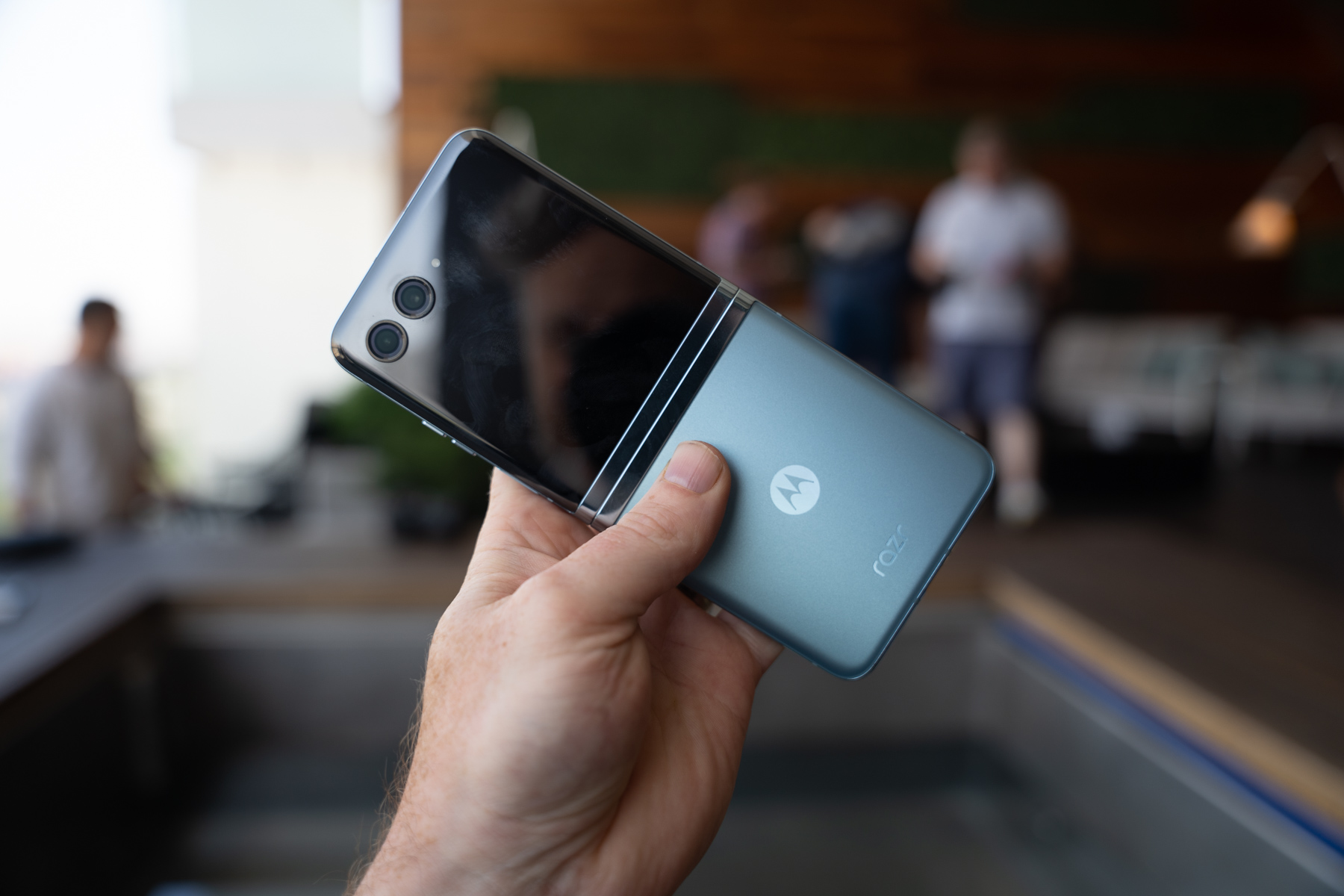
Last year, Motorola launched its flagship foldable - the Motorola Razr 40 Ultra. This means that this year, we can expect the company to follow up with a new model. Now thanks to the folks at 91mobiles, they have managed to get their hands on what appears to be live images of the Motorola Razr 50 Ultra.
These photos were shared by tipster Sudhanshu Ambhore with the publication. From what we can tell, it seems that these images might have come from some certification agency. It shows both the front and back of the phone.
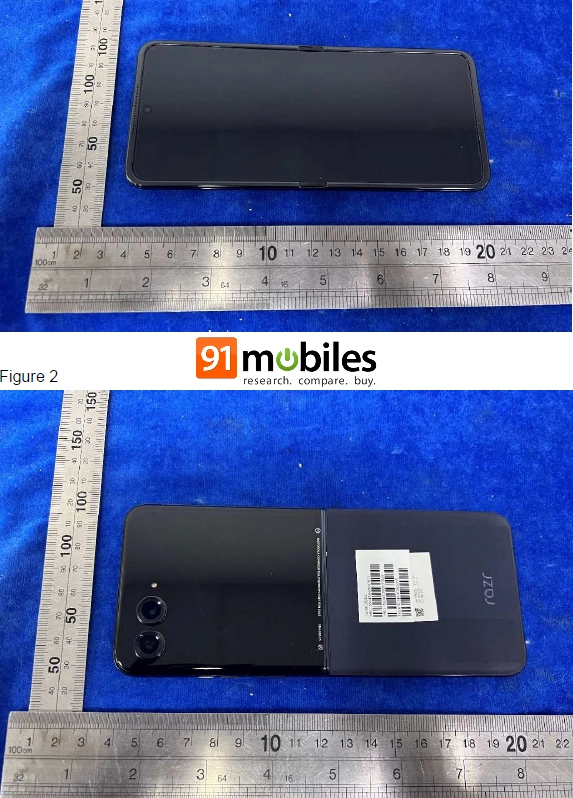
In terms of the front, there's nothing to tell. It looks like a regular phone. But from the back, it is obvious that this is a foldable. It seems that Motorola could be continuing the same design language with the Motorola Razr 50 Ultra from the Razr 40 Ultra. The dual camera setup looks like it's still there, but we're not sure if there are any upgrades.
The photos also confirm that the same large secondary screen will be kept, so those hoping for an even larger external display might be disappointed. As for its hardware, the Motorola Razr 40 Ultra was powered by the Qualcomm Snapdragon 8+ Gen 1. We're not sure what this could mean for the Razr 50 Ultra, so we'll have to wait and see.

Due to the ever-evolving nature of Android, sometimes new vulnerabilities can be found. This could be due to a number of reasons, but it's something that pretty much all platforms have to deal with. Unfortunately, it looks like Android has a new app vulnerability that Android users should probably be aware of.
In a post on Microsoft's Threat Intelligence blog, the company's security researchers have uncovered a new Android app vulnerability they're calling "Dirty Stream". If it's exploited, it has the potential for malicious apps to overwrite the files in another app and gain access to that app and how it functions.
This is due to the use of the content provider system on Android. This is a system that allows apps to access data sets that are shared amongst other apps. By taking advantage of this vulnerability, a malicious app could overwrite data from a legitimate app. This in turn could allow the developers of the malicious app to gain access to potentially sensitive data. This includes data such as login credentials, for example.
Some of the apps that have been affected include Xiaomi File Manager and WPS Office. Luckily, when the vulnerability was discovered, Microsoft reached out to the developers who patched it in February. It is unclear how many more apps are affected. Hopefully developers are aware of this and are working on patching their own apps. In the meantime, as always, stay away from suspicious third-party app sites. Also, don't simply click on links you receive in emails.
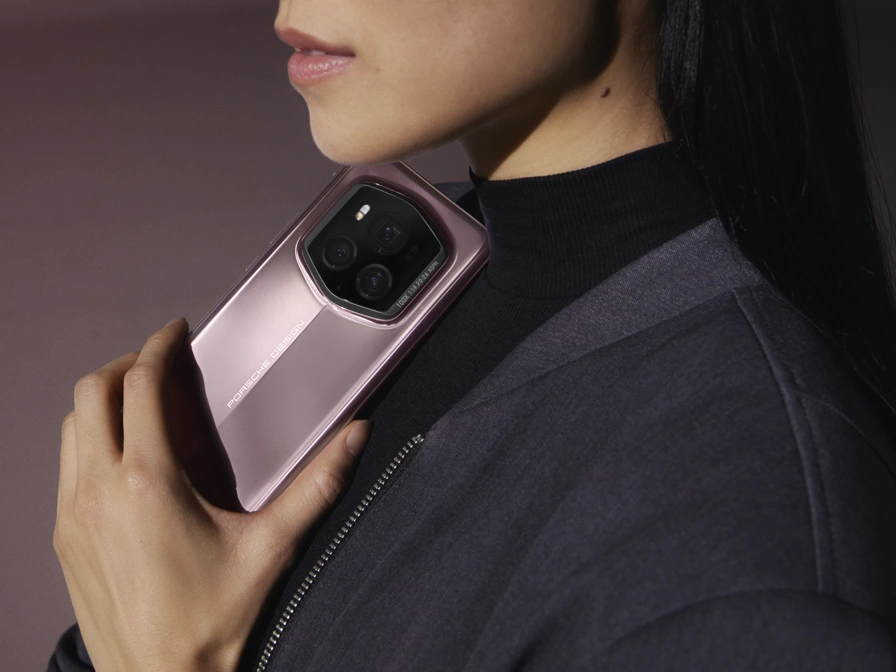
Honor makes some pretty decent smartphones. But it looks like the company is transitioning to creating luxury smartphones as Honor has announced its latest collaboration with Porsche Design. This has resulted in the creation of the Porsche Design Honor Magic 6 RSR.
Both companies initially announced their collaboration back in 2023. The first device in the collaboration came in the form of the Honor Magic V2 RSR Porsche Design, a foldable smartphone. For those who aren't into foldables, then maybe the new Porsche Design Honor Magic 6 RSR could be an alternative.
The phone looks rather unique, thanks to the help of Porsche Design, but under the hood, it is essentially the Honor Magic 6 Pro. This means that we're looking at the use of the Qualcomm Snapdragon 8 Gen 3 chipset, along with a 6.8-inch OLED display. It also sports the same triple camera setup on the back.
One of the main differences is in the RAM, where the Honor Magic 6 RSR offers 24GB of RAM whereas the Honor Magic 6 Pro tops out at 16GB. Honestly, we're not sure who needs that much RAM to begin with, but it's there if you need it.
Also, in case it wasn't obvious, the design of the phone looks drastically different from the Magic 6 Pro. It features more angular lines and given that it's designed in collaboration with Porsche Design, it does give off a bit of a sporty vibe. According to Honor, the rear of the phone was inspired by the flyline of Porsche's cars.
In terms of price, the Porsche Design Honor Magic 6 RSR is priced at £1,599. It seems that it is only available in Europe for now and it is unclear if there are plans to bring it to other markets.
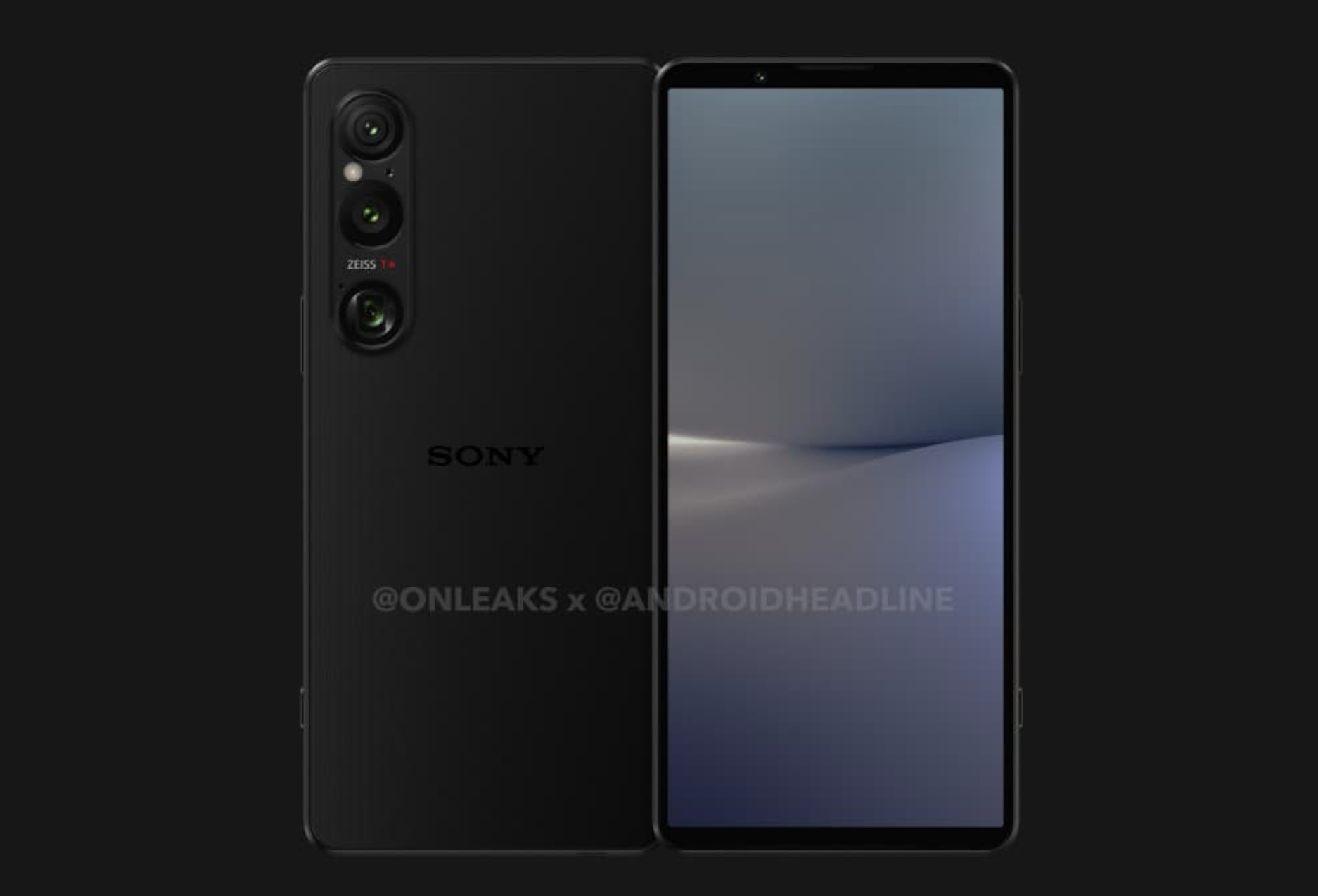
A while back, we got a look at the upcoming Xperia 1 VI's design from several product renders that were shared online, giving us an idea of what to expect from Sony's 2024 Xperia flagship. With that in mind, new leaks regarding the phone's specifications have been shared, painting a more complete picture of Sony's upcoming flagship smartphone.
New information on the Xperia 1 VI suggests that the phone will feature a triple-camera setup consisting of an ultra wide Angle 16mm lens, a wide angle 24mm lens (48mm with 2X optical zoom), as well as a telephoto zoom 85-170mm lens (up to 7X zoom). It's predicted that the 24mm lens comes with Sony's "Exmor T for mobile" stacked CMOS image sensor.
Interestingly, Sony is expected to ditch its "Pro" photo and video software, which will be replaced by a single app which will pack features from the company's Alpha line of cameras. For audio, there will be a new high-performance audio chip and circuit improvements, in addition to Hi-Res Audio, Hi-Res Audio Wireless, 360 Reality Audio, LDAC, DSEE Ultimate, and the reliable 3.5mm jack.
There have been earlier rumors that Sony might ditch the 21:9 aspect ratio that it often uses on its handsets; additionally, the phone is expected to come with the Qualcomm Snapdragon 8 Gen 3 inside.
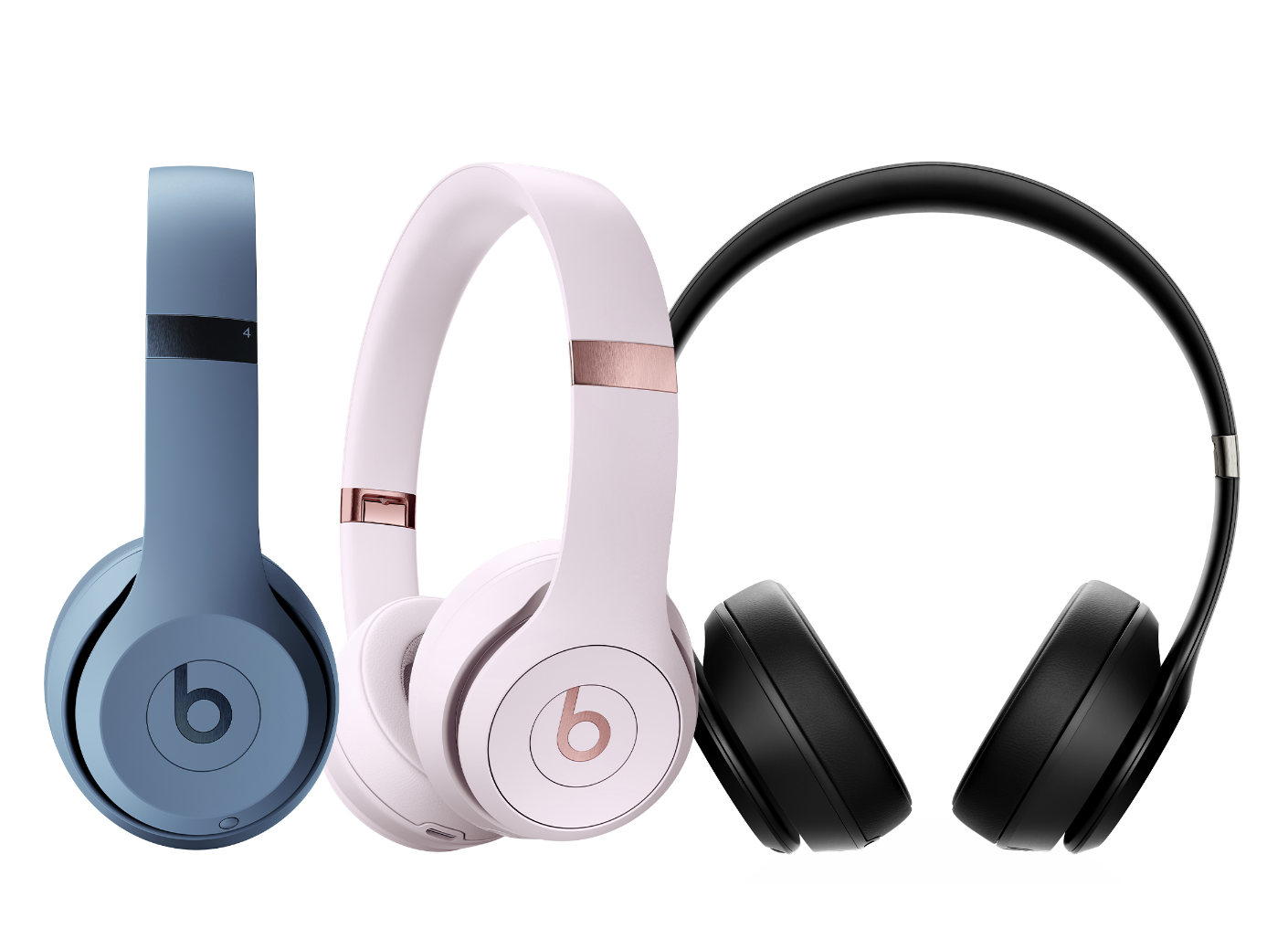
Beats recently unveiled its latest wireless earbuds and headphones, the Solo Buds and Beats Solo 4. With that in mind, the Apple-owned music brand promises a ton of new improvements and features with the new launch.
First up are the Beats Solo Buds, which are priced starting at $79. The earbuds feature a custom design that delivers powerful audio in a compact size. The earbuds come with special nozzles and laser-cut vents for enhanced sound quality and comfort during extended listening, and passive noise isolation to block out external noise. They also come with up to 18 hours of battery life, ideal for plane trips and commutes.
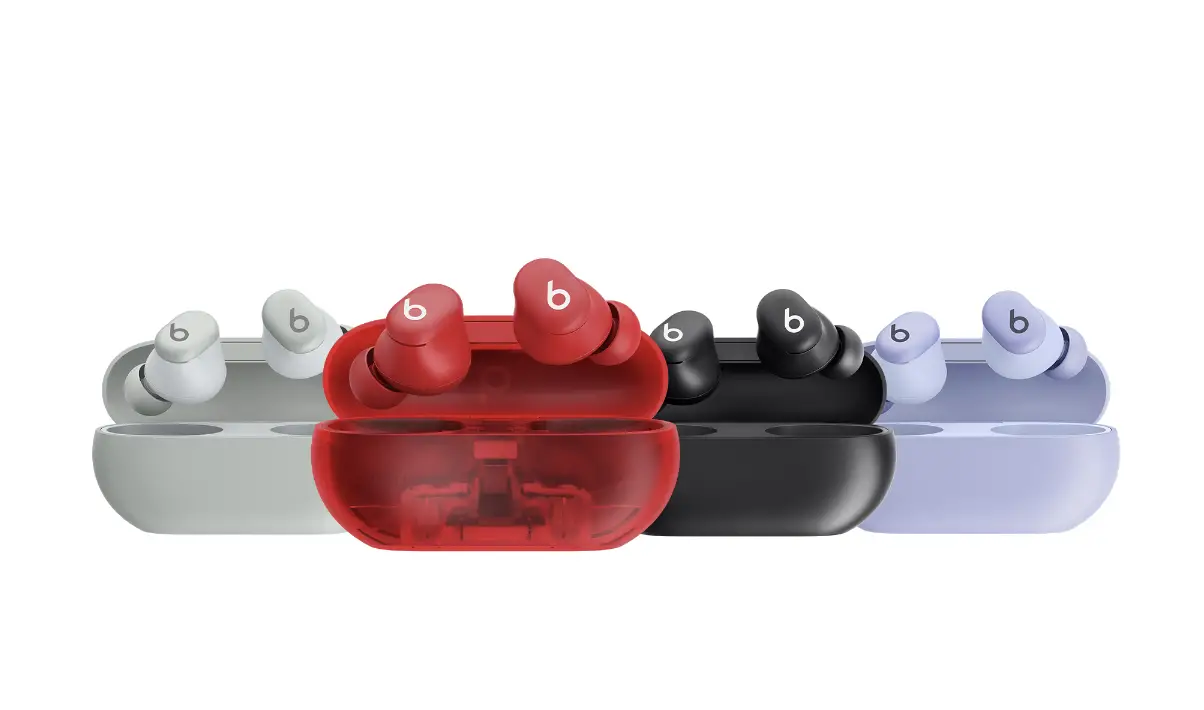
Meanwhile, the Beats Solo 4 takes the top spot in the Solo headphone lineup, priced at $199. The new headphones come with upgraded acoustics and custom drivers, which work in tandem with Spatial Audio for a more immersive listening experience. The new headphones also come with a 3.5mm jack and USB-C connectivity for wired listening sessions.
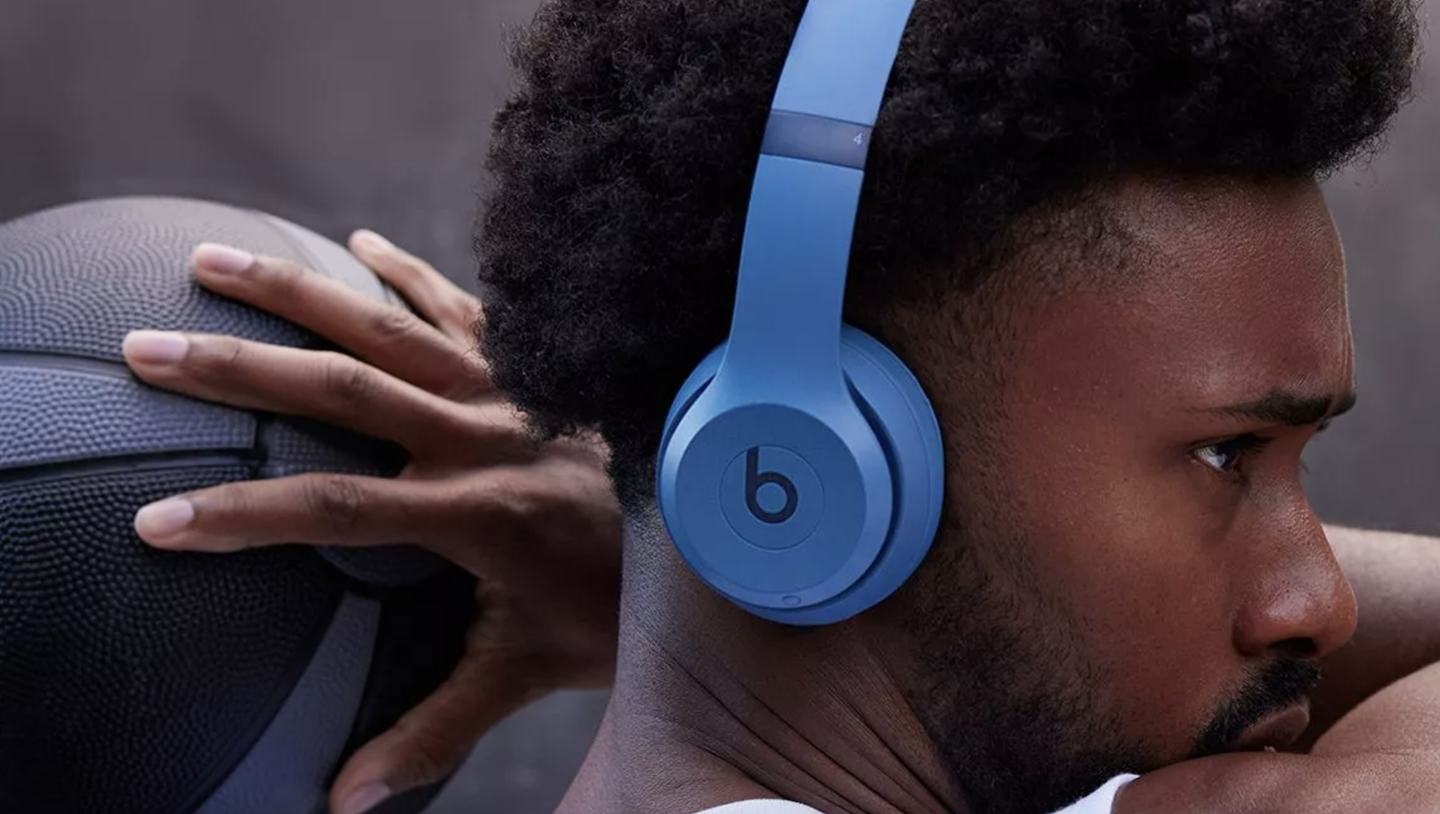
Battery life likewise gets a major boost with the Solo 4, offering up to 50 hours of playback on a single charge. Users can also plug in their headphones for just 10 minutes and get up to 5 hours of playtime, making it perfect for on-the-go moments.

A while back, Huawei unveiled its new Pura 70 series smartphones, consisting of four different devices which include the Pura 70, 70 pro and Pro+, and 70 Ultra. With that being said, the new phones are now available for buyers in Europe, although there's a small catch.
It should be noted that for some reason, Huawei has decided not to launch the Pura 70 Pro+ model, and instead the manufacturer will only be selling the three other devices in the region. The phones were initially launched in China a while back.
In terms of display specifications, the base model Pura 70 has a 6.6-inch screen, while the Pro and Ultra models pack larger 6.8-inch screens. The phones also offer an adaptive refresh rate that can reach up to 120Hz, in addition to what Huawei calls "AI HDR" that enhances the visual experience by optimizing the high dynamic range for media and content. All phones in the series are IP68 certified, ensuring water and dust resistance.
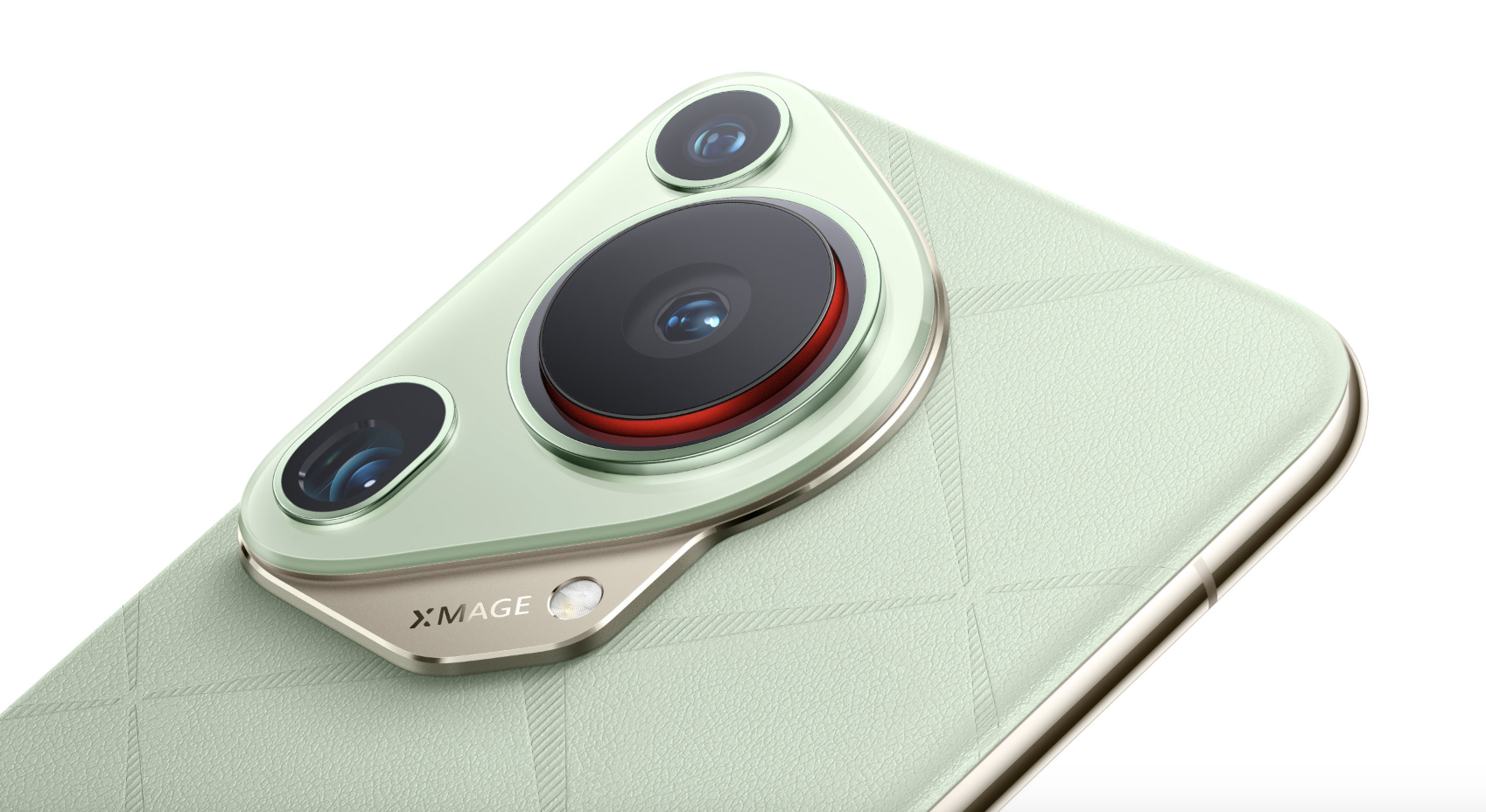
With the Pura 70 Ultra, Huawei has included an "Ultra Lighting Pop-Out Camera" which extends during use with the help of an Advanced Rotatory Transmission System. This allows for a larger 1-inch sensor and a wider F1.6 aperture within a remarkably thin 8.4mm phone body.
Under the hood, all three phones run on Huawei's EMUI 14.2 operating system and are powered by the company's Kirin 9010 chipset. Storage configurations vary depending on the model, with the Pura 70 Ultra offering the most options, reaching up to a massive 1TB paired with 16GB of RAM. The Pro and base model offer 1TB of storage with 12GB of RAM.
The Huawei Pura 70 series is now available for pre-order in Europe, starting at €999 for the base model, €1,199 for the Pro version, and €1,499 for the high-end Pura 70 Ultra.
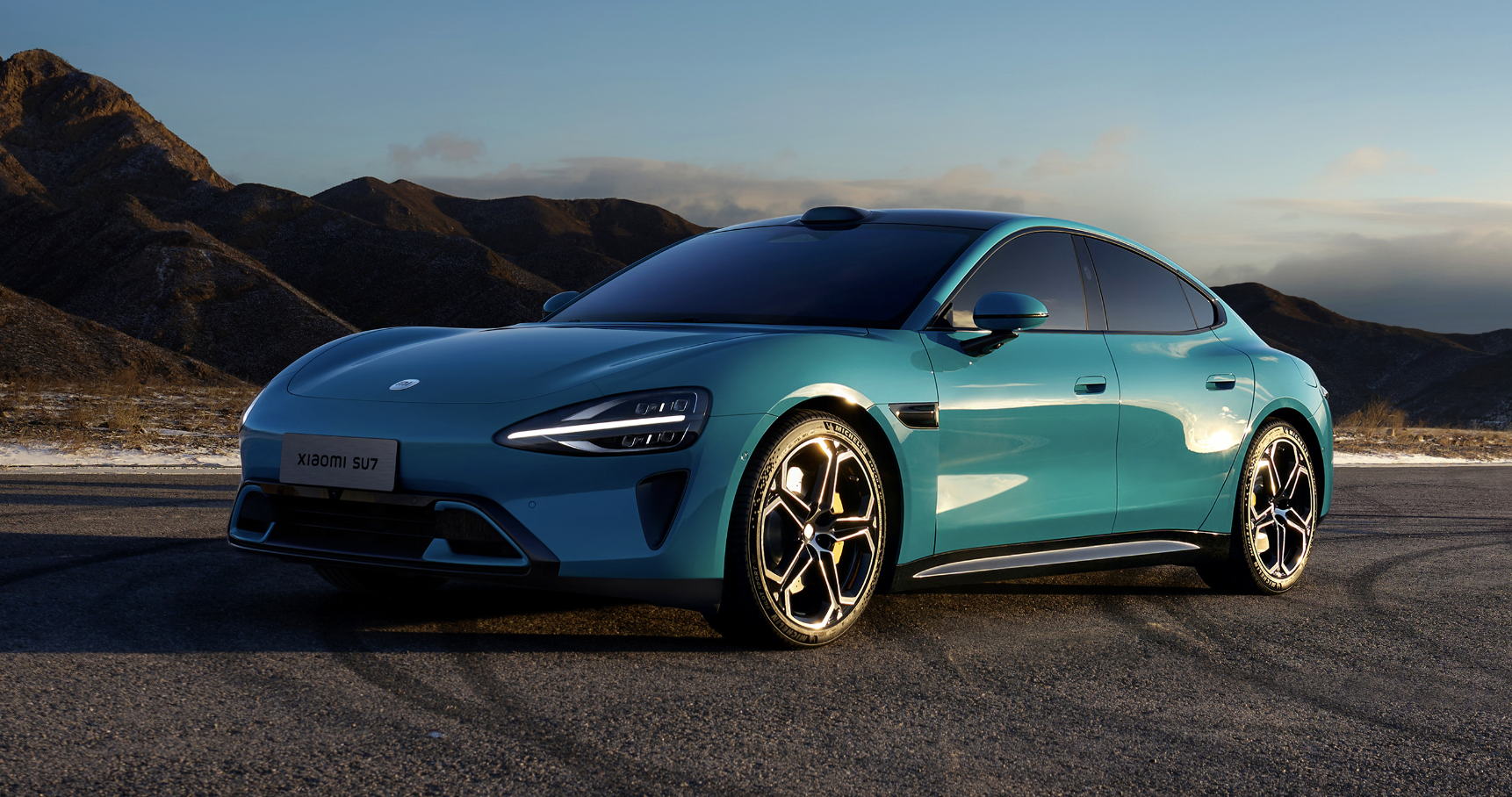
After a recent announcement regarding its projected EV sales numbers for 2024, Chinese manufacturer Xiaomi has revealed that it's already sold more than 7,000 units of the SU7, its first-ever electric car. The sales figures were publicly announced by company CEO Lei Jun via his social media account.
As seen in the post, the company has delivered 7,058 units of the SU7 to date, with a total of 88,063 lock-in orders. Xiaomi's SU7 EV has certainly become one of the most talked-about electric cars this year, as it represents a first for the company, which is more known for its smartphones and other consumer electronic products.
At a recent investor conference, it was announced that Xiaomi is targeting 100,000 deliveries of the SU7 for 2024; as such, delivery for the standard model and Max model will commence at the end of April, while the company plans to start shipping out the Pro model by the end of May.
Xiaomi added that its manufacturing plant - currently in development - will be completed within two phases, in addition to annual production capacity of 150,000 units for Phase 1 and Phase 2. The first phase of the plant was completed in June 2023 last year. The Xiaomi SU7 was launched back in March, and starts at around $29,800 for the standard model.
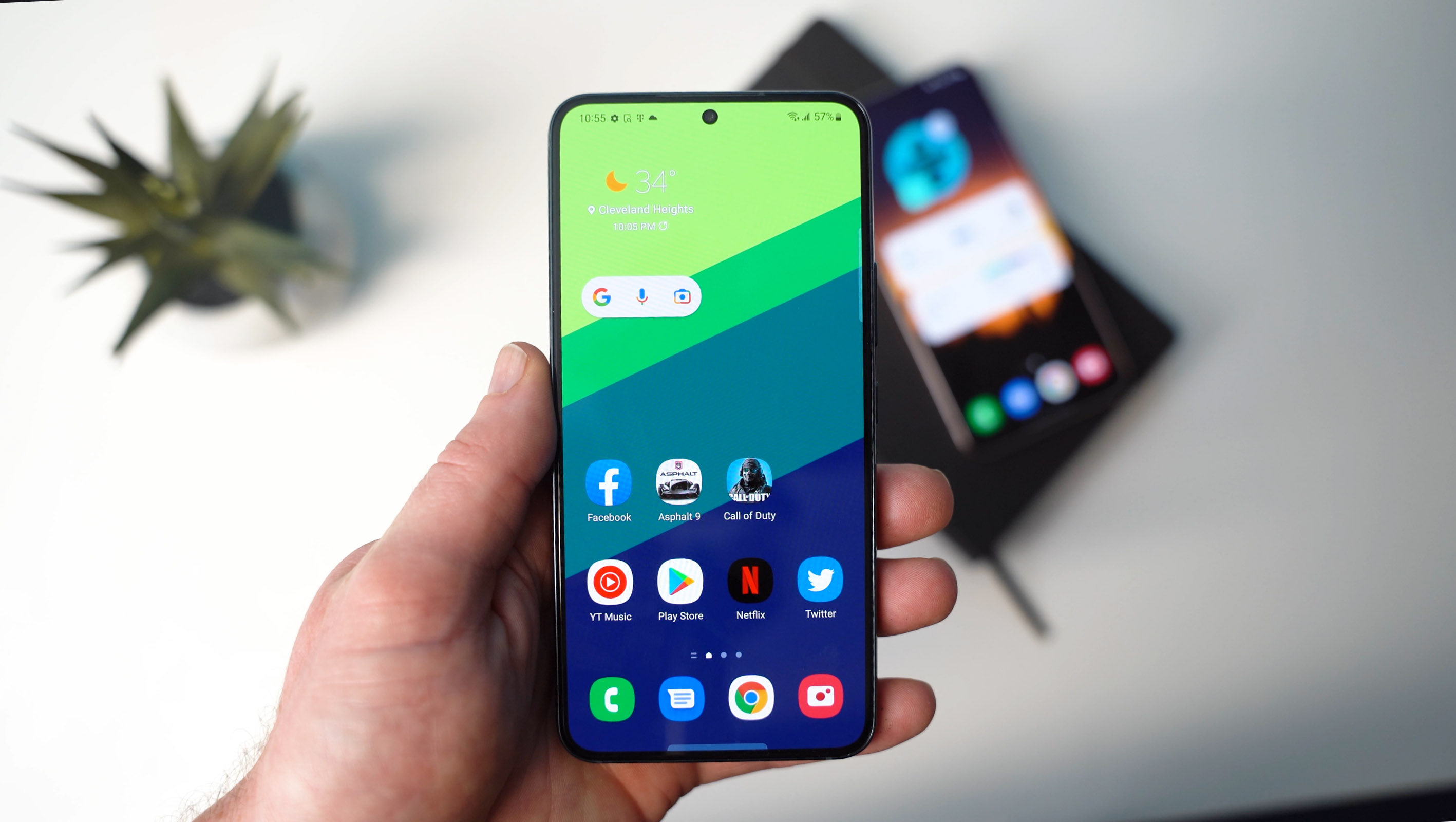
Following the rollout of Galaxy AI to the Galaxy S23 series, some Samsung users wondered if the AI tools would make its way to older devices. Samsung hinted that they are working on it, and the good news is that it is finally here. If you own the Samsung Galaxy S22, it looks like the Galaxy AI is rolling out to your phone as we speak.
According to a post on the Samsung Community website in Korea, it seems that the company has started to rollout the One UI 6.1 update for its Galaxy S22 smartphones. The update will introduce the usual host of new features, bug fixes, and whatnot, but more importantly, it will also introduce Galaxy AI to the phone.
There were concerns that due to hardware limitations, Samsung's older smartphones would not be eligible for Galaxy AI. While we can't speak to phones like the Galaxy S21 series, at the very least the Galaxy S22 is getting the Galaxy AI update. The update is kind of a massive one coming in at 3.1GB, so make sure you have a stable internet connection and your phone is charged.
The rollout has started in Korea but we imagine that it should eventually make its way to other regions. We can't say for sure when, but just stay patient and you should get the update notification soon enough.
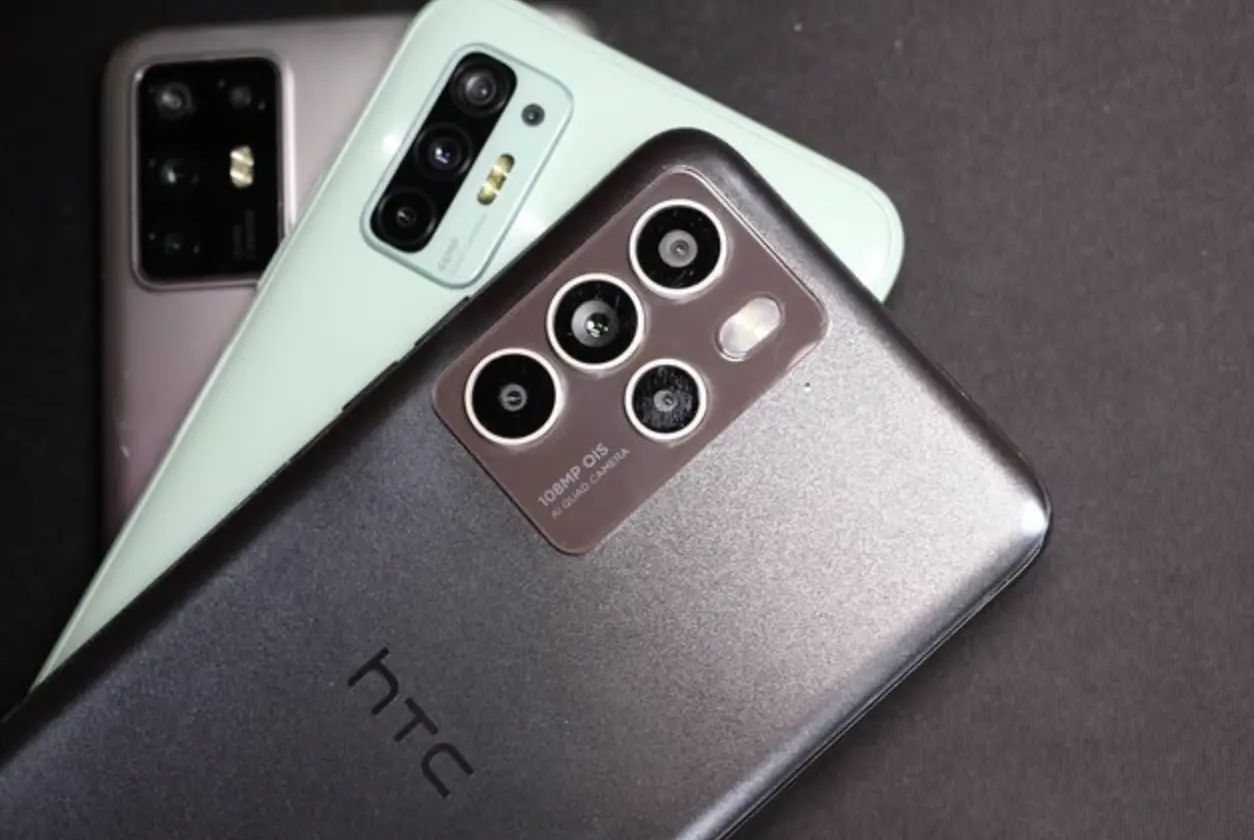
We're not sure what's up with HTC these days. For a company that's kind of called it quits on the mobile industry, the company has been releasing phones every now and then without much fanfare. Last year, we saw the launch of the HTC U23 Pro. Now according to a report from Android Headlines, the HTC U24 Pro could be in the works.
According to the report, it seems that HTC could be working on the U24 Pro. This will be the direct successor to last year's U23 Pro. It won't be a flagship phone, based on the rumored hardware. It will apparently be powered by the Qualcomm Snapdragon 7 Gen 3 chipset. This puts the phone squarely in mid-range territory.
Don't get us wrong, mid-range phones are great for people on a budget or want something a bit more value for money. But it definitely doesn't seem like it will have all the glitz and glamor associated with flagships. Other rumored specs of the HTC U24 Pro include 12GB of RAM, support for Bluetooth 5.3, and it will run Android 14 out of the box.
We're not sure what other specs the phone could be packing. The U23 Pro came with a 6.7-inch display with a 120Hz refresh rate, so we expect HTC to at least maintain that.
Now before you get too excited, note that the HTC U23 Pro was only launched in Taiwan. Unless HTC plans on changing up their strategy, we don't have high hopes of the U24 Pro making its way stateside. We can definitely hope, but we'll have to wait for the official launch for the details.
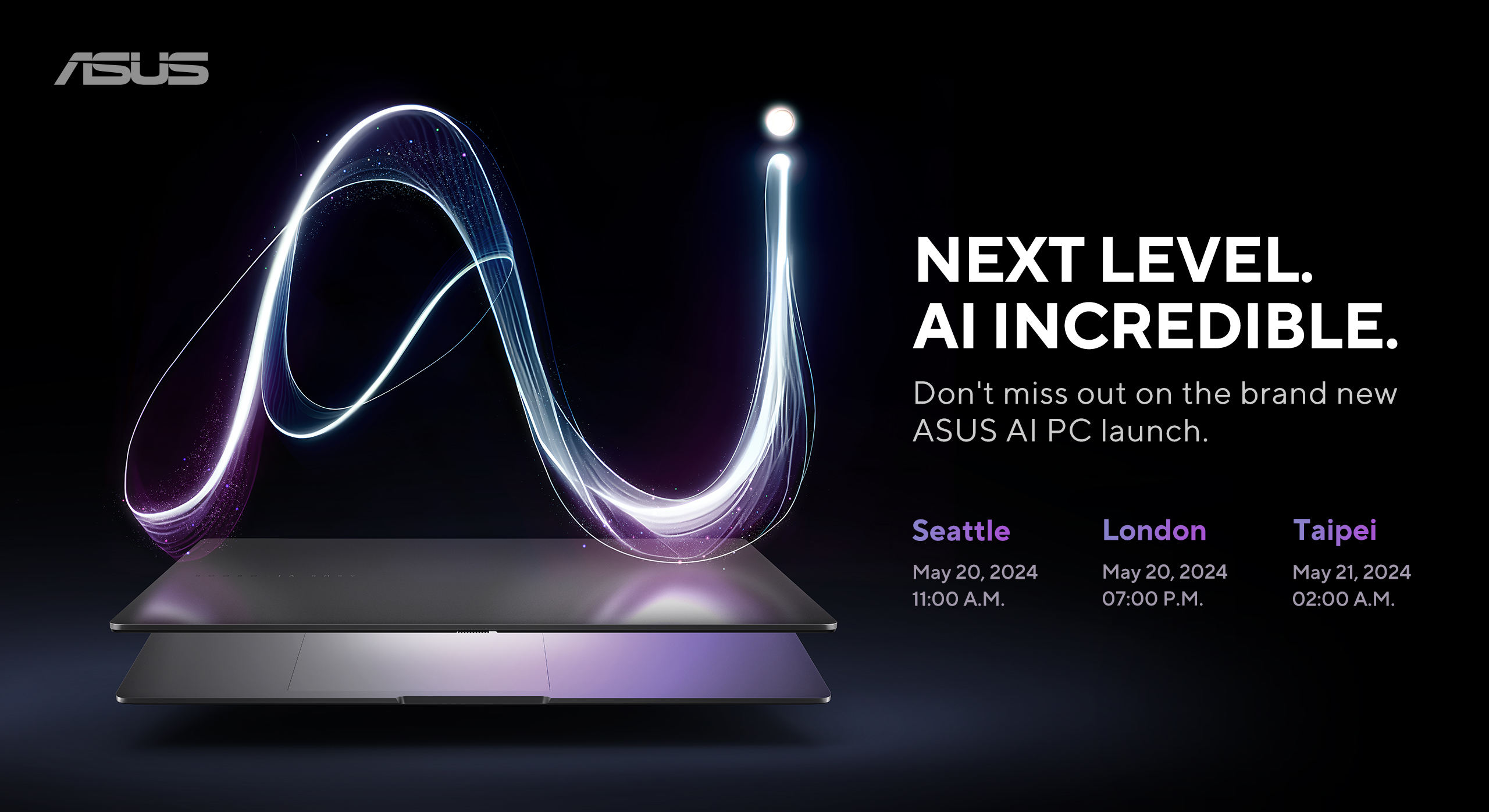
ASUS recently announced that it will be holding a special launch event for a new product, which according to the company is its first new-era "ASUS AI PC." The launch event will supposedly feature a collaboration between ASUS, Qualcomm and Microsoft, and will be held on May 20, 2024, at 08:00 p.m. GMT. As per ASUS' official announcement:
The new laptop will usher in a new era of ASUS AI PCs, breaking traditional boundaries and harnessing advanced AI capabilities. With comprehensive support for the latest AI functionality from ASUS and Microsoft, it offers personalized AI experiences tailored to individual requirements.
Given the focus on AI as well as having Qualcomm up on stage at the event, we might most likely see one of the first-ever Windows devices to run on the Snapdragon X series of SoCs, which Qualcomm has been teasing for quite some time now with the Snapdragon X Plus and X Elite.
ASUS adds that attendees will have a chance to see its new device lineup at Computex 2024, which will be held in Taipei. Going back to the announcement however, not much else was mentioned in the post, although we're bound to know more once ASUS unveils its latest hardware on stage.
![]()
Perhaps one could say that at this point, it's no longer a surprise - following several months' worth of leaks and whatnot, the Pixel 8a has once again been exposed just weeks before its supposed reveal date, this time by way of official Google marketing material.
The leaked images were originally posted by the team over at Android Headlines, and showcase various features of the Pixel 8a. Thanks to the new leaks, we now know that Google's upcoming midrange phone will feature up to seven years of security updates, IP67 dust and water protection, and a still-slow 18W charging speed.
Other expected specifications include Google's current Tensor G3 chipset, the same SoC used in the Pixel 8 and 8 Pro, a 64MP main camera, and a 120Hz refresh rate, although some sources state that Google might retain a 90Hz display for the 8a. Just recently, a leaked promo video showing off the Pixel 8a was shared online via MySmartPrice and tech informant @OnLeaks.
It's very likely that Google might announce the Pixel 8a during this year's I/O Conference, which is when the company usually unveils its upcoming software and hardware products and features.

Following the launch of a new "Nordic" Blue OnePlus Watch 2 variant and a leaked blue Pixel 8a model, it looks like Nothing is the latest company to follow this year's trend of launching blue-themed tech. More specifically, Nothing's budget-friendly Phone 2a is now available in a rather cool-looking blue colorway, although there's a catch to the new launch.
As it turns out, the blue Nothing Phone 2a is currently exclusive for buyers in India via Flipkart, although aside from the difference in hues the phone remains largely the same in terms of specs. For those unfamiliar, it packs a custom MediaTek Dimensity 7200 Pro chipset, a custom SoC developed by Nothing in collaboration with MediaTek, and it's backed by up to 12GB of RAM and 256GB of internal storage.
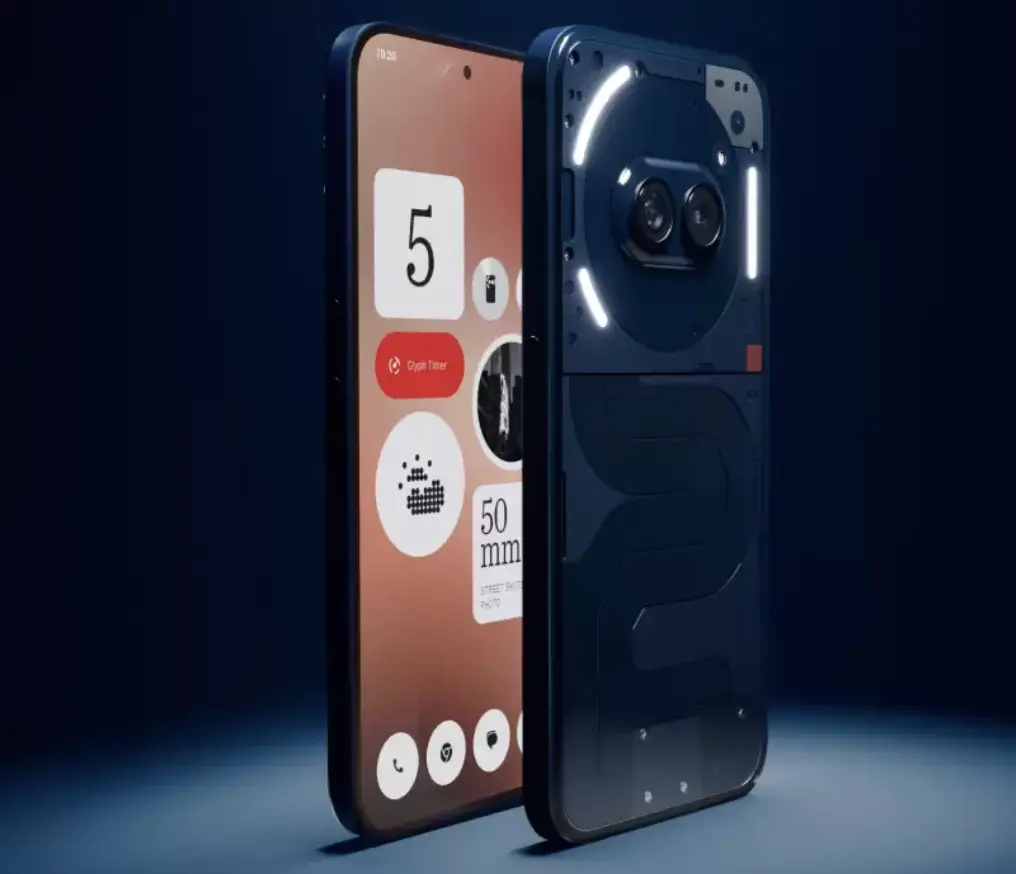
As with the regular 2a, the blue variant does come with the signature transparent design as seen on other Nothing Phones, although it features a slightly different rear panel design due to the re-arranged camera module, which Nothing refers to as "The Eyes" - housed in a central NFC coil, the setup houses a dual 50MP camera array, complemented by a 32 MP front camera that uses the same sensor as the Phone 2.
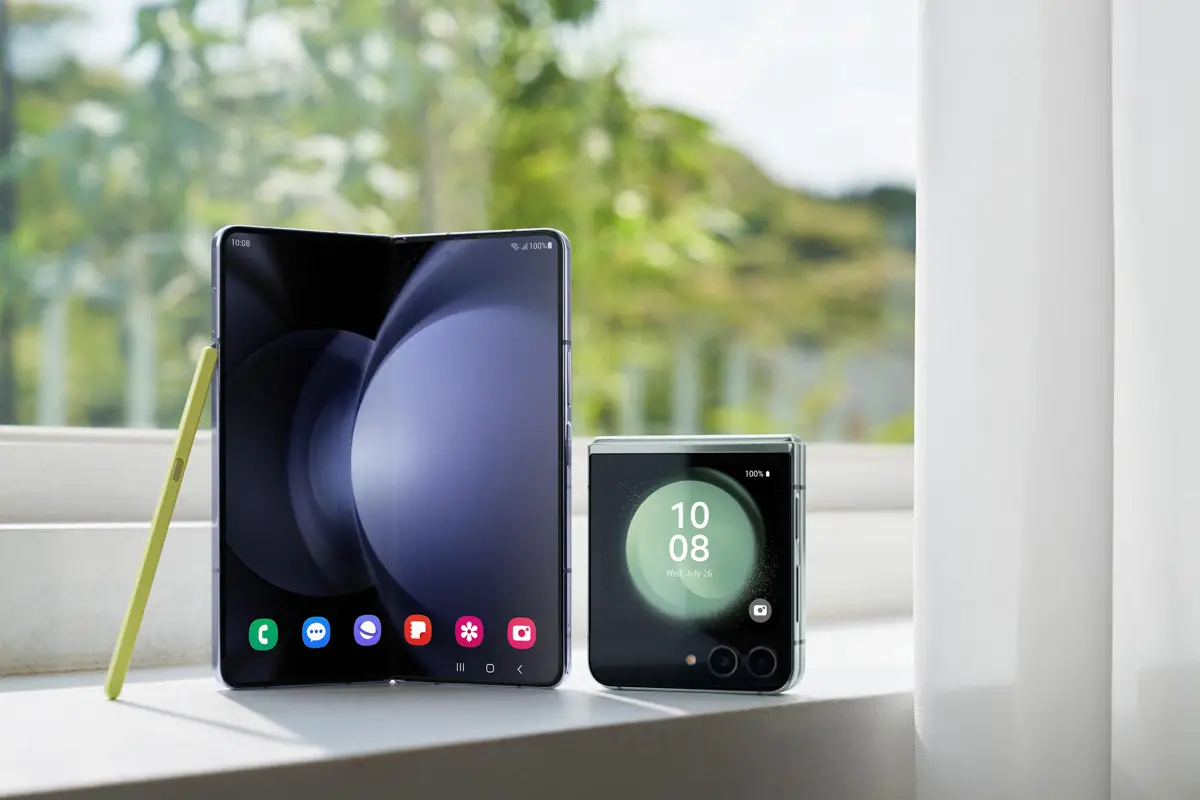
Samsung is expected to announce their next-gen foldables this year, but when? Last we heard, the rumors claimed it will take place in July. Now a report from SamMobile has seemingly confirmed it. The publication claims that the next Galaxy Unpacked event is scheduled for the 10th of July.
The report also claims that Samsung could host it in Paris, France. Seeing as Paris will host the upcoming Summer Olympics, it makes sense as Samsung is one of the event's sponsors. The date also makes sense because the previous foldables were also announced in July.
The upcoming Galaxy Unpacked event will see Samsung announce a bunch of new devices. This includes the Galaxy Z Flip 6 and Galaxy Z Fold 6 where we heard that there could be a new "Ultra" variant. We also heard there could be a cheaper variant that could encourage adoption of the foldable form factor. Samsung will also most likely share launch and pricing details about the Galaxy Ring wearable that was initially teased earlier this year.
Needless to say that this should be taken with a grain of salt. If you're looking forward to new foldables and a new wearable from Samsung, be sure to check back with us again in the future for more updates.
![]()
With Google I/O 2024 coming up pretty soon, we've gotten a ton of leaks on new Pixel devices such as the Pixel 8a, which at this point has been leaked into oblivion. With that being said though, it looks like the 8a isn't the only device that a lot of fans are looking forward to seeing this May.
A recent claim made online by Twitter/X user @MysteryLupin suggests that Google will be "relaunching" its Pixel Tablet at a more affordable price, this time without the charging speaker dock. Additionally, a pen and Bluetooth keyboard are rumored to be part of the new bundle. As the Pixel Tablet currently goes for around $500 with the included dock, the dock-less version will be sold at a considerably cheaper price.
In terms of specs, the Pixel Tablet comes with a large 11-inch display, and is powered by Google's Tensor G2 chipset, which works alongside 8GB of RAM and up to 256GB of internal storage. There's also a large 7,000 mAh battery onboard, and a pair of 8-megapixel cameras for video calls and photos.
Going back to the leak, we're bound to know more once Google I/O goes live this May.
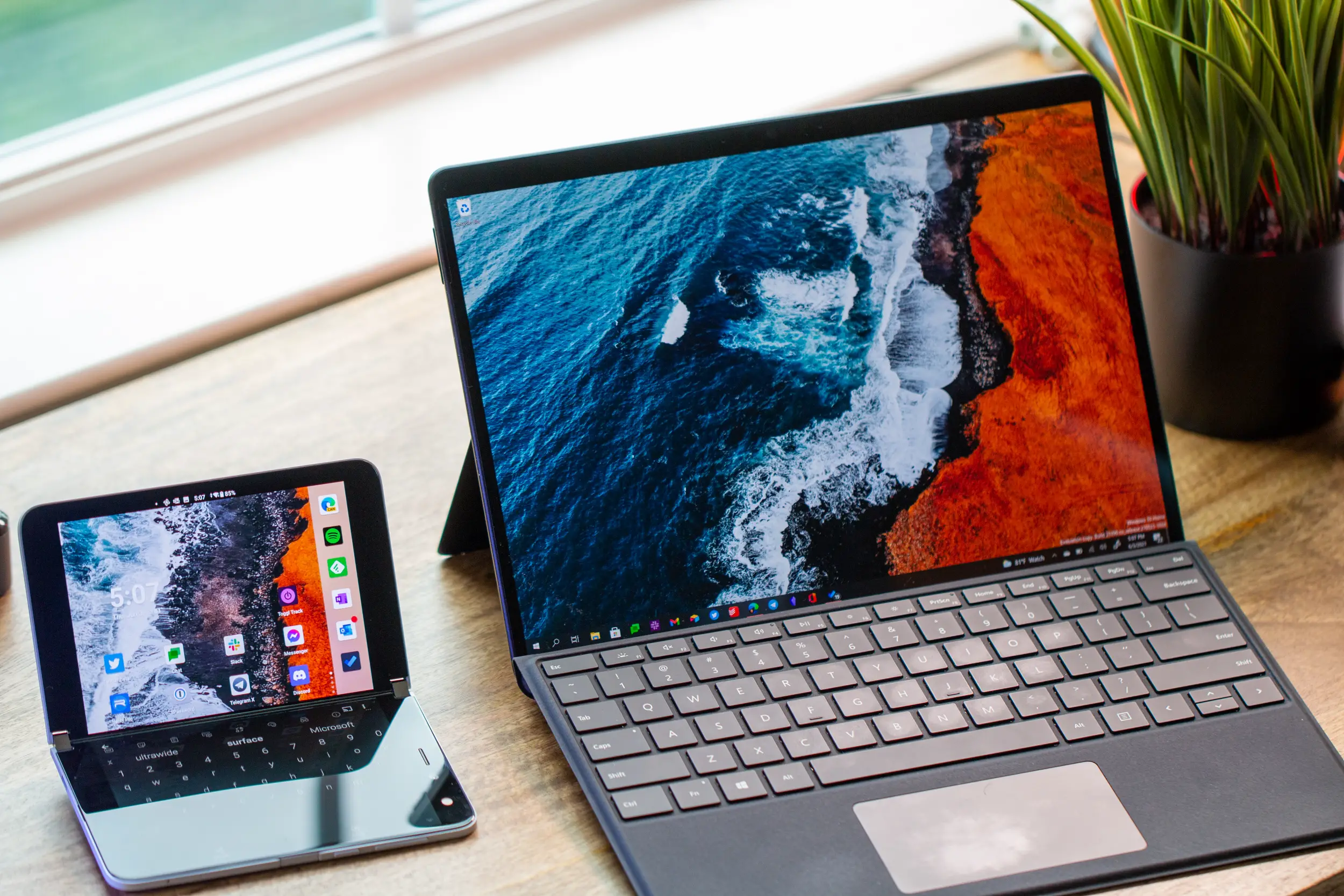
During the Snapdragon Summit last year, Qualcomm unveiled its new Snapdragon X Elite chipset. This is a new chipset that is designed to compete against the Apple Silicon and bring more Arm-based computers to the market. Now thanks to benchmarks of the Snapdragon X Elite that have been spotted on Geekbench, it looks promising.
This was discovered by Windows Latest who found a benchmark for the Surface Laptop 6. It is widely speculated to be the Snapdragon X Elite, even though the chipset was not identified specifically. According to the scores, it managed to achieve 2,714 for single-core performance and 14,078 for multi-core performance.
For context, Apple's M3 Pro scored 3,084 in single-core and 14,017 in multi-core. While the M3 Pro seemingly leads the way in single-core performance, the Snapdragon X Elite has it slightly beat in the multi-core department according to the benchmarks. That being said, it should be noted that these scores only tell one side of the story. There are other things to consider when purchasing a laptop.
Plus, Qualcomm seems to be mired in some controversy right now regarding its benchmarks. The company has yet to disclose its chip TDP. This means that it is possible that the company's chipsets could be drawing more power than the Apple Silicon. This in turn could give it higher benchmark results. We'll have to wait for the actual laptops to be released to get a better idea.
![]()
One of the changes to Android we've seen in the past few years is dark mode. This is where the overall UI takes on a darker look so it doesn't look so glaring at night. Developers have largely supported it, but there are some that haven't. Luckily, Android 15 will change that by forcing all apps to go dark even if they don't support it natively.
According to a report from Android Authority, a recent APK teardown has revealed that Google plans to introduce a feature in Android 15. This new feature will basically force all apps to have a dark mode. This comes in the form of a toggle called "Make all apps dark", although there is a bit of a catch.
Since some apps don't have a native dark mode, Google notes that toggling on this feature could result in some display issues. Android Authority tested it out and found that in some cases, it ended up reducing the contrast of some buttons. We suppose it will vary from app to app, but it could be a good way to make sure all your apps are dark when dark mode is toggled.
For the most part, a lot of apps out there do support dark mode. Hopefully this could force those holdouts to implement something native of their own, or risk ruining the user experience. Either way, we'll have to wait and see, but if you do like using dark mode, then this Android 15 feature could be something to look forward to.

OnePlus recently announced that it will be launching an exclusive new edition of its flagship smartwatch model, which it calls the OnePlus Watch 2 Nordic Blue edition. The new special color variant is designed for European markets, and draws inspiration from classic timepieces. Priced starting at £329 / €379, it's currently exclusive for European and UK markets, and adds a bit of flair to the otherwise plain-looking design on its siblings.
This includes a new hybrid leather strap, which combines fluororubber and genuine leather design accents for a more classy look and feel, in addition to a unique-looking two-tone blue GMT dial not found on the other OnePlus Watch 2 variants. It does make for a much-welcome does of variety though, in case you want something other than the original two models launched a while back.
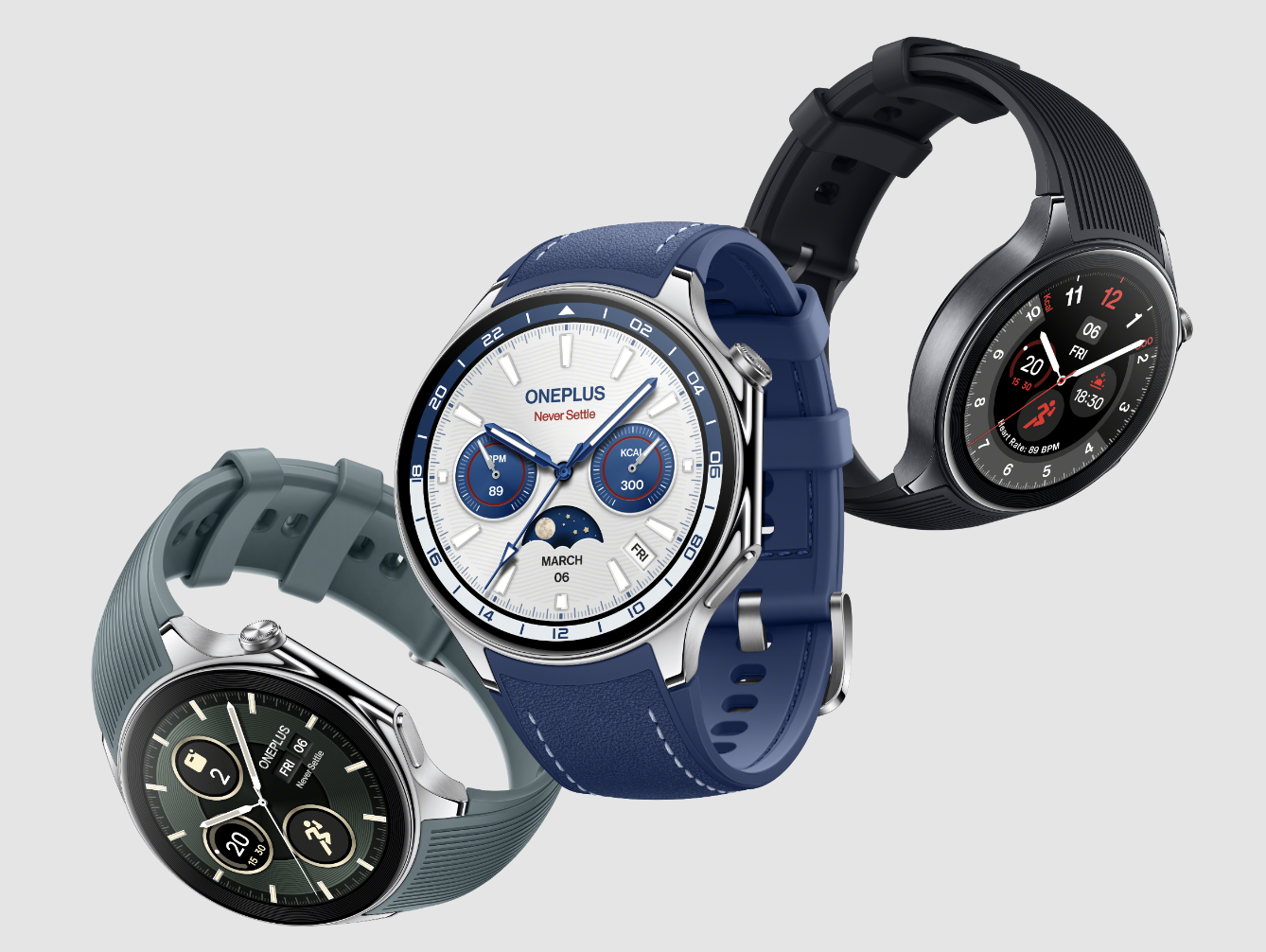
With all that said, the new color edition comes with all of the same hardware specifications as on the other variants - this includes a 1.43-inch AMOLED touch screen, IP68 dust and water protection, Snapdragon W5 chip, 2GB of RAM and 32GB ROM, as well as the secondary BES 2700 MCU Efficiency chipset.
As for price, buyers in the United Kingdom and EU regions can grab the OnePlus Watch 2 Nordic Blue edition for £329 / €379.

The advent of new AI-based technologies including GenAI and LLMs (large language models) has no doubt resulted in big industry names pushing for continued work on everything AI. With that in mind, Microsoft recently announced its new Phi-3 family of open models. Unlike LLMs such as Gemini and ChatGPT though, the Phi-3 models are described by Microsoft as cost-effective small language models, aka SLMs.
The company says that its new Phi-3 models outperform models of the same size and even the next size up in terms of different benchmarks covering language, coding and math capabilities. According to Microsoft, this is made possible via training innovations developed by the company's researchers.
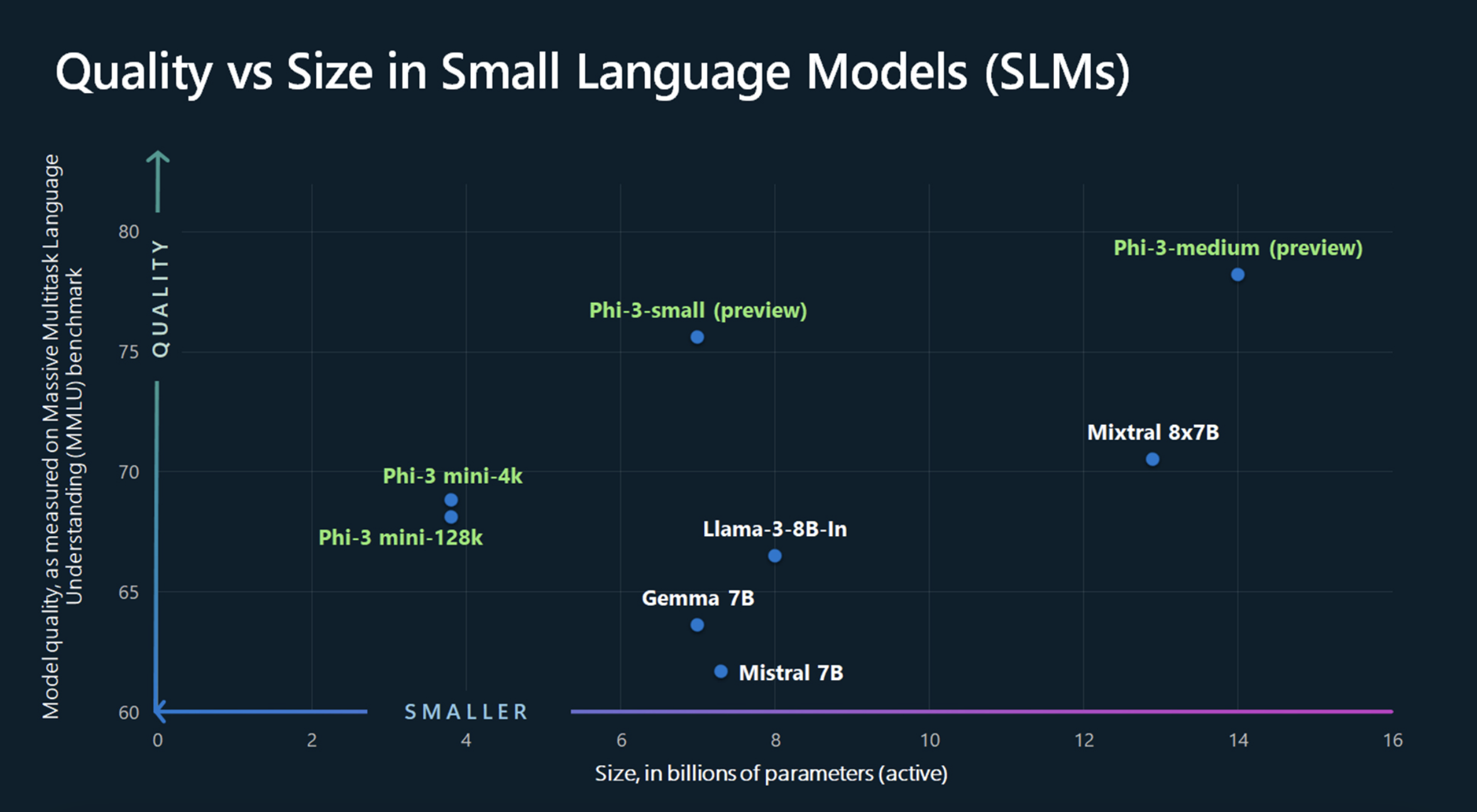
Additionally, Microsoft adds that it's making the first Phi-3 model publicly available via Phi-3-mini, which measures at 3.8 billion parameters and is able to outperform models twice its size. Phi-3 will be available in the Microsoft Azure AI Model Catalog and on Hugging Face, a platform for machine learning models, as well as Ollama, a framework for running models on a local machine. It will also be available as an NVIDIA NIM microservice with a standard API interface.
Finally, additional models to the Phi-3 family will be made available soon to offer more choice across quality and cost - these include Phi-3-small (7 billion parameters) and Phi-3-medium (14 billion parameters), which will be available in the Azure AI Model Catalog and other model gardens later on.
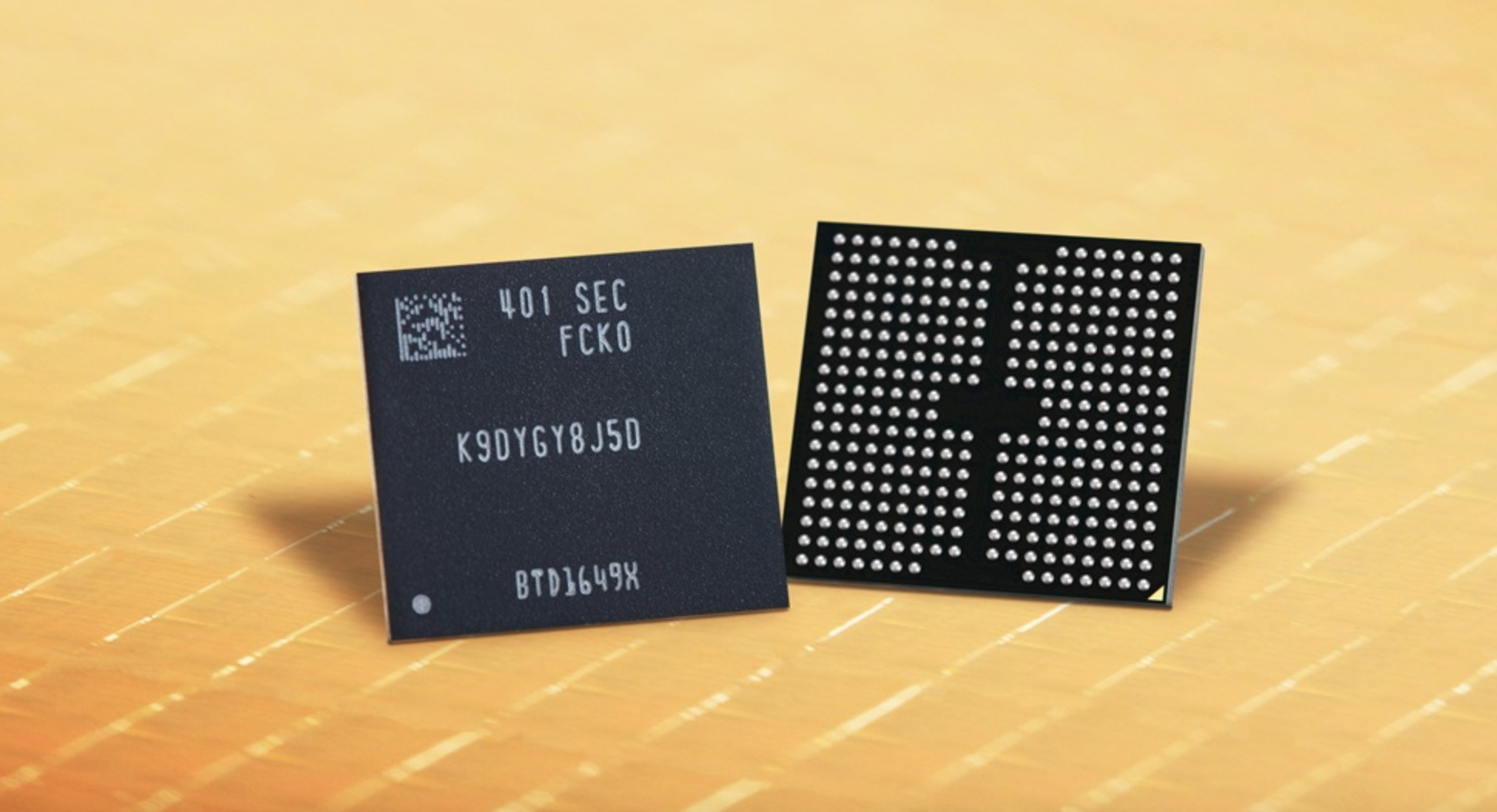
While most people will know Samsung from its vast selection of Galaxy smartphones and electronics, the South Korean manufacturer also invests considerable R&D into other product lines. As such, the company recently announced that it has begun mass production for its one-terabit (Tb) triple-level cell (TLC) 9th-generation vertical NAND (V-NAND).
With that in mind, Samsung says that it has improved the bit density of the 9th-generation V-NAND by about 50% compared to the 8th-generation V-NAND. This includes new improvements which cuts down on cell interference and improves cell life extension, to name a few.
The company adds that its 9th-generation V-NAND is equipped with next-generation NAND flash interface, dubbed as "Toggle 5.1." This supports increased data input/output speeds by 33% to up to 3.2 gigabits-per-second (Gbps). Samsung also plans to expand support for PCIe 5.0. For power consumption, there's a 10% improvement with advancements in low-power design, compared to the previous models.
Samsung states that it has begun mass production for the 1Tb TLC 9th-generation V-NAND this month, which will be followed by the quad-level cell (QLC) model in the second half of 2024.
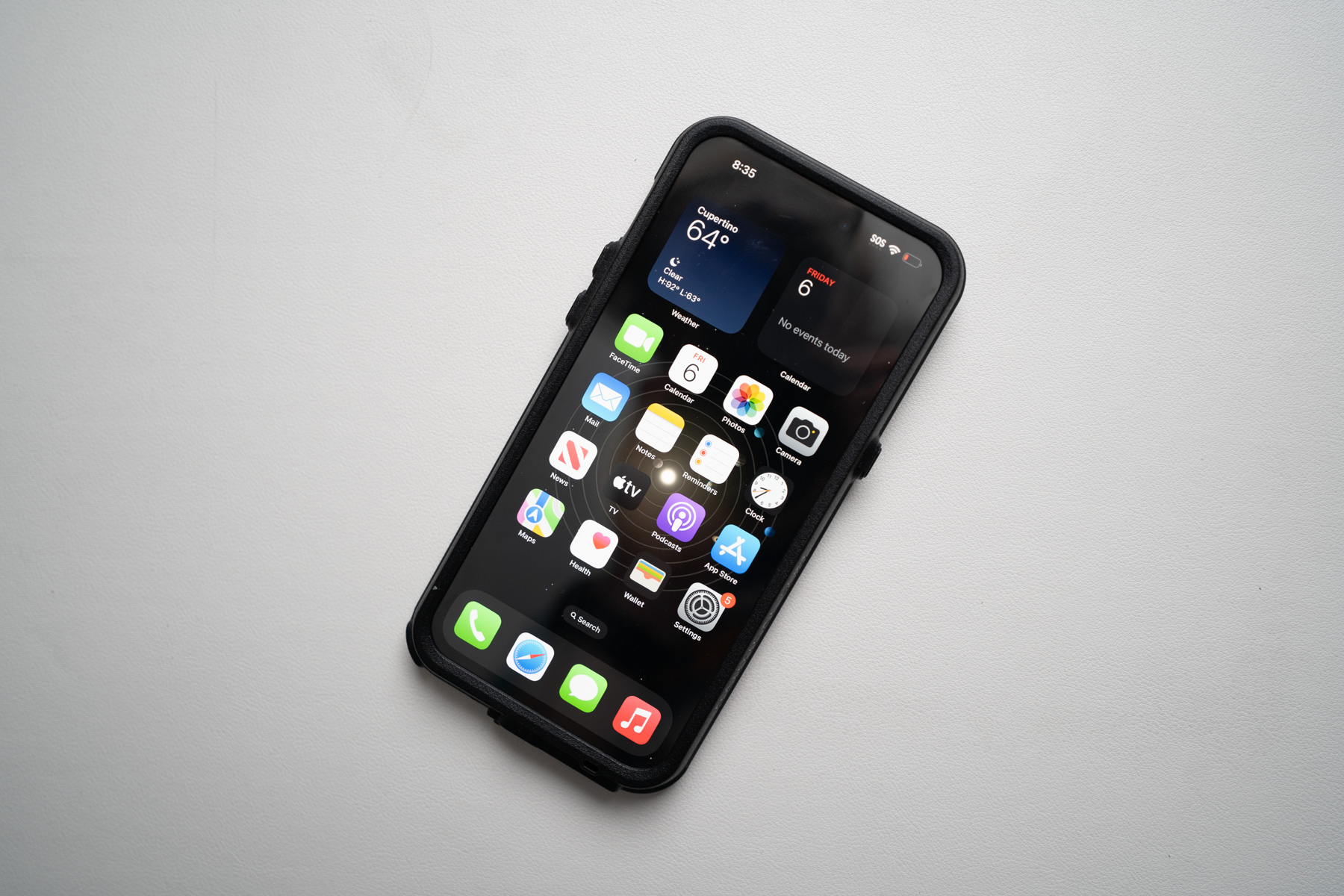
Apple has more or less confirmed that they are working on their own AI technology. The rumors are claiming that the next iOS update could focus heavily on AI. We have also heard the rumored A18 chipset could feature additional hardware support for AI on the iPhone.
Now according to a report from French business magazine Challenges, they claim that Apple has acquired a French startup that specializes in on-device computer vision technology. Why is this important? This is important because we have heard reports that Apple is looking to create an on-device AI experience for the iPhone.
On-device AI has its benefits, such as privacy. It also works faster and without the need for an internet connection. Apple has been known to acquire companies to help further its developmental efforts, so this doesn't really come as a surprise. If anything, it seems to corroborate the rumors we've been hearing.
That being said, we're not sure if Apple will be going all-in for on-device AI technology. Earlier rumors claim that Apple could partner with companies like Google to help with cloud-based AI technology. We imagine that Apple will eventually transition to using their own tech, but partnering with Google could help kick things off.
Either way, it's probably best to take this with a grain of salt. Hopefully at WWDC 2024, Apple will share their plans for AI.
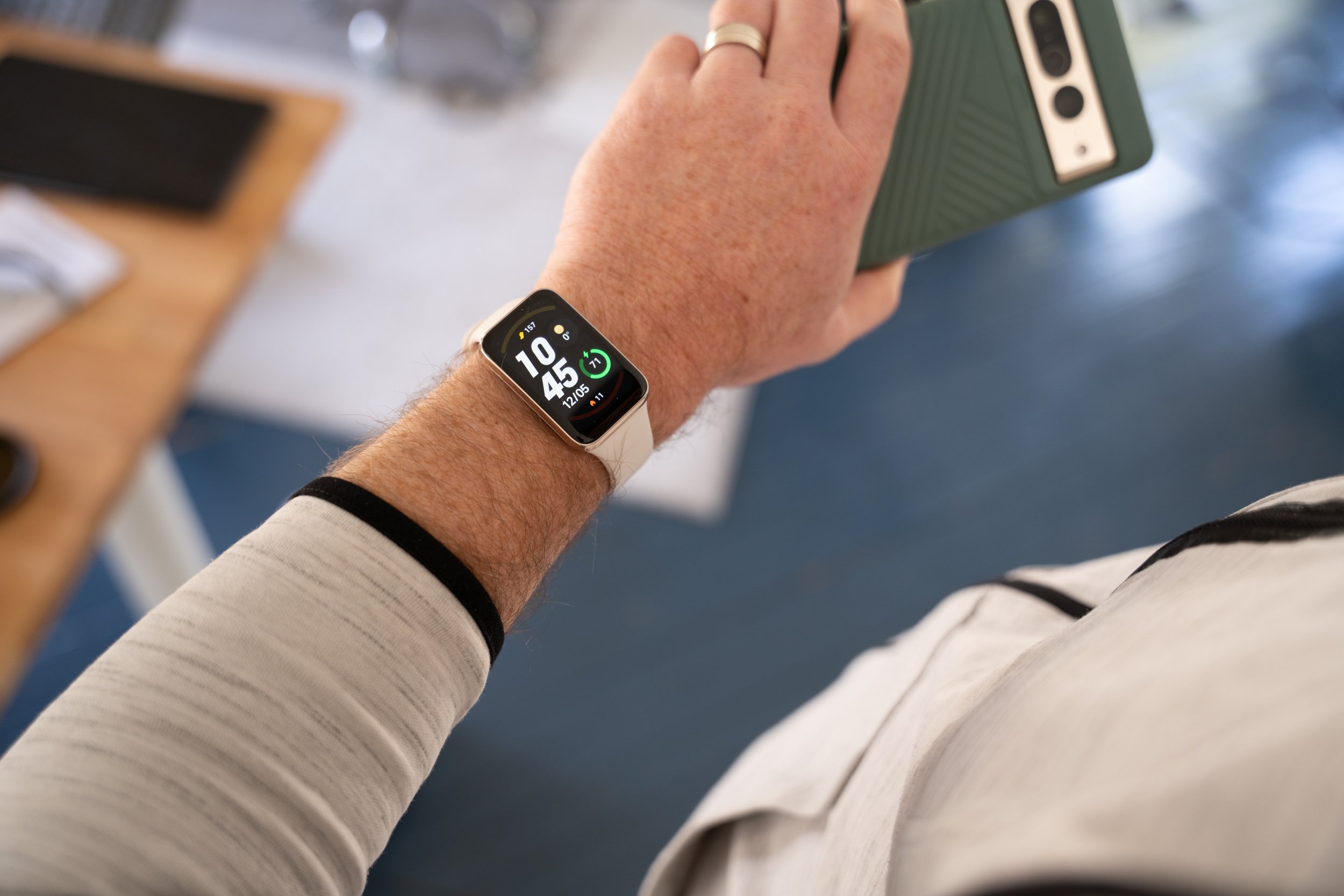
Xiaomi launched the first Mi Band several years ago. The device was kind of an instant hit, thanks largely to its super cheap price tag. While the price has gone up a bit over the years, it's still very affordable and if you're looking for the latest version, the Xiaomi Mi Band 9 could be close to launching.
According to a report from GizChina, it appears that the Mi Band 9 was spotted recently at various certification agencies. This means that the device is being readied for a launch. There is no word on when exactly the wearable will be announced, but it looks like it could be close at hand.
In terms of specs, not much is known about the wearable at the moment. It will apparently still maintain the same 1.62-inch AMOLED display found on the Mi Band 8, but it is unclear if Xiaomi will upgrade it with GPS support. Even if it doesn't, the Mi Band 9 could still be a compelling purchase.
Like we said, the allure of the original Mi Band was its insane price of $12. The Mi Band 8 was more expensive at around $34, but considering how much Apple and Samsung are charging for their wearables, it's still a steal. Hopefully Xiaomi will maintain the price.
![]()
A lot of us are probably concerned about the batteries on our phones and how long they will last. Thankfully, a lot of smartphone makers have since included software features that can tell us. But batteries aren't the only components that have a lifespan. Your phone's storage chip has one too, and Android 15 could help with that.
According to a report from Android Authority, it seems that Google is working on a new Android 15 feature that will provide users with information about their phone's storage chip's lifespan. While batteries are probably the most noticeable when it comes to detecting degradation in performance, storage can be affected as well.
In Android 15, Google is working on displaying that information to users. It will show them the remaining lifetime of a phone's internal storage before it potentially breaks down. This will be displayed in percentages. This might be useful for users who hold onto their devices for a longer period of time, say 4-5 years, and want to know how much longer they can potentially keep using their phones.
That being said, there is a chance not all devices will support this feature. As Android Authority notes, it is not required by OEMs to adopt this feature. If an OEM chooses not to, then users won't be able to access this information. It should be available for Pixel devices that can run Android 15, but other than that, we'll have to wait and see.

Following China's continued purge of western-owned software and hardware products from its markets, Apple recently took down WhatsApp and Threads - two of Meta's biggest chat and social media platforms - from the App Store in China. The decision follows a mandate from authorities which cite possible security concerns. As per a statement from Apple:
"We are obligated to follow the laws in the countries where we operate, even when we disagree... The Cyberspace Administration of China ordered the removal of these apps from the China storefront based on their national security concerns. These apps remain available for download on all other storefronts where they appear."
With that being said, both apps were already blocked in China, and were not supposedly used much by the public. China is known for promoting home-grown social media platforms such as "Weibo" and "WeChat," to name a couple. Commenting on this development, Duncan Clark, chairman of investment advisory BDA China in Beijing states:
"It will cause inconvenience to consumers and businesses (in China) who deal with family, friends or customers overseas. Even if they use VPNs to access their existing WhatsApp apps, these over time will become obsolete and require updating."
Interestingly though, other social media and chat apps including Facebook, Instagram and Messenger (also owned by Meta) are still available for download for iOS users. The Cupertino tech giant has lost a bit of footing in the Chinese market, due to pressure from competing local brands such as Huawei - it's even predicted that Huawei's own HarmonyOS might dethrone iOS in the region, based on recent market figures.

As the never-ending battle for gaming industry dominance continues, it looks like Microsoft has gained an upper hand of sorts over rival Sony - it's reported that several of Microsoft's properties rank among the best-selling games on the PlayStation storefront, a phenomenon that several years ago would be unthinkable.
This new trend comes after Microsoft's massive content shopping spree, which saw the company acquire several big names in the industry including the likes of Activision Blizzard, Bethesda, id Software, and more. As posted by Derek Strickland from TweakTown, Microsoft currently has more games on the PlayStation Store's top 25 best-sellers versus Sony-owned IPs.
More specifically, seven of the most-purchased games on PlayStation (at the moment at least) are all owned by Microsoft - this includes Call of Duty at the number one spot, followed by Overwatch 2, Sea of Thieves, Fallout 4, Minecraft, Fallout 76, and Grounded.
In the midst of this competition though, this situation also works for both brands - Microsoft's IPs get additional exposure and sales via the PS store, while Sony takes a cut from the same sales. It's a bit strange to think about, especially for folks who grew up during the fierce console wars of the early 2000s.
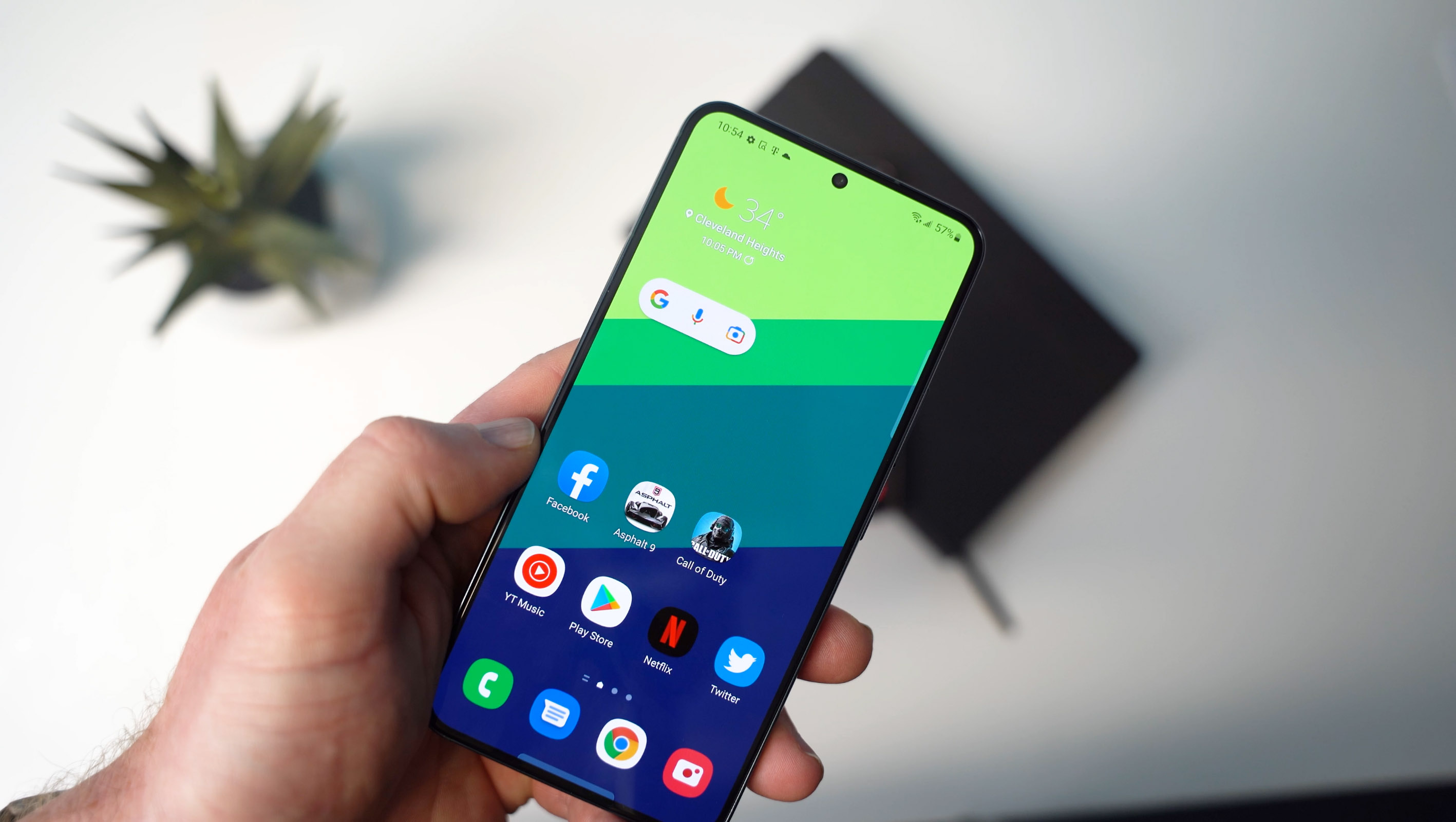
Samsung seems to have an issue with their phones that has been affecting their devices for years. This is where green lines appear on Samsung phones for seemingly no reason at all. Now it looks like Samsung phones are experiencing that issue again. Some seem to think that it could be due to the One UI 6.0 update or the latest security patch.
According to user complaints online, it doesn't appear to affect any particular model. Some users are reporting issues with their Galaxy S22 phones. Devices like the Galaxy S21 FE are also affected, along with the Galaxy Z Flip 3 and some mid-range handsets. Seeing as this issue popped up after the update, it looks like a software issue and not a hardware one.
Samsung has yet to comment on the issue, so if you're affected, you could try to take it into a service center and see what can be done for you. If your phone is old and no longer under warranty, you might be charged if you want to replace the display, assuming that it is a hardware problem and not a software related issue.
Hopefully this is a problem that can be patched with an update. Like we said, Samsung hasn't really said anything regarding these issues yet. We'll have to wait and see how it is resolved. In the meantime, if you don't have an urgent need to update your phone, maybe stay away from updating until a fix can be found.

Last year, OnePlus finally got on board with foldables with the launch of the OnePlus Open. But it looks like the company could be exploring other form factors. A post on Weibo by tipster Smart Pikachu claims that OnePlus could be looking to launch a flip foldable phone as well.
In a way it's not surprising. Many companies who have foldables usually have two form factors. One would be the phone-tablet hybrid, and the other is a flip model that transforms a smartphone into an even smaller device. Generally speaking, flip phones tend to be more popular as they are more affordable.
Plus, not everyone necessarily needs a tablet, so having a smartphone that can be folded down to become even smaller is actually appreciated. That being said, we're not sure if this will be a 100% original design. The OnePlus Open is basically a rebadged version of the Oppo Find N3. Both companies are under the same parent company so it's not surprising they share tech.
If OnePlus launches a flip phone, it could be based on an existing model like the Oppo Find N3 Flip. Either way, we'll have to wait and see if these plans ever come to fruition. But what do you think? Is a OnePlus flip phone something you might be interested in?

Aside from some teasers and leaks every now and then, we haven't heard a lot about HMD's upcoming smartphones. The company has made it clear that it will be marketing phones under a new brand separate from Nokia, with several different models rumored to be in production. One of those is the rumored HMD "Pulse Pro" model, which has recently been leaked again online.

As reported by the folks at 91mobiles, the HMD Pulse Pro will come with 6GB of RAM and 128GB of internal storage, with a launch price of around EUR 179. The phone is also expected to come with a 6.56-inch IPS 90Hz display with a 1480×720 pixel resolution, and will run on a Unisoc T606 SoC; the handset is also rumored to come with a 5,000 mAh battery.
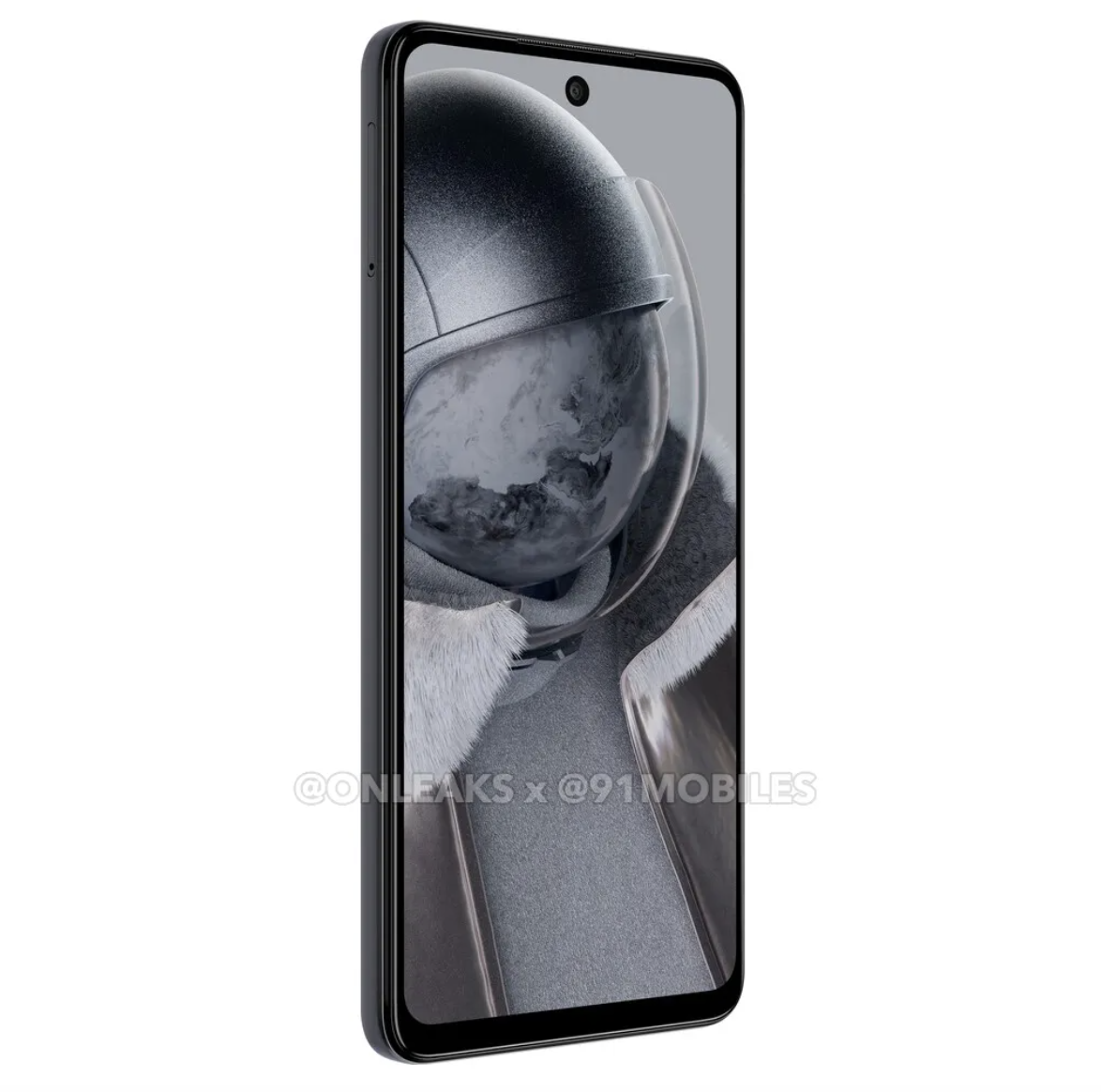
Additionally, several design renders of the upcoming phone were shared via 91mobiles and @OnLeaks, which showcase a look that's not too far off from some of Nokia's current Android offerings. Based on the renders, it looks like HMD is still banking on the budget smartphone approach that it capitalized earlier on with the Nokia brand.
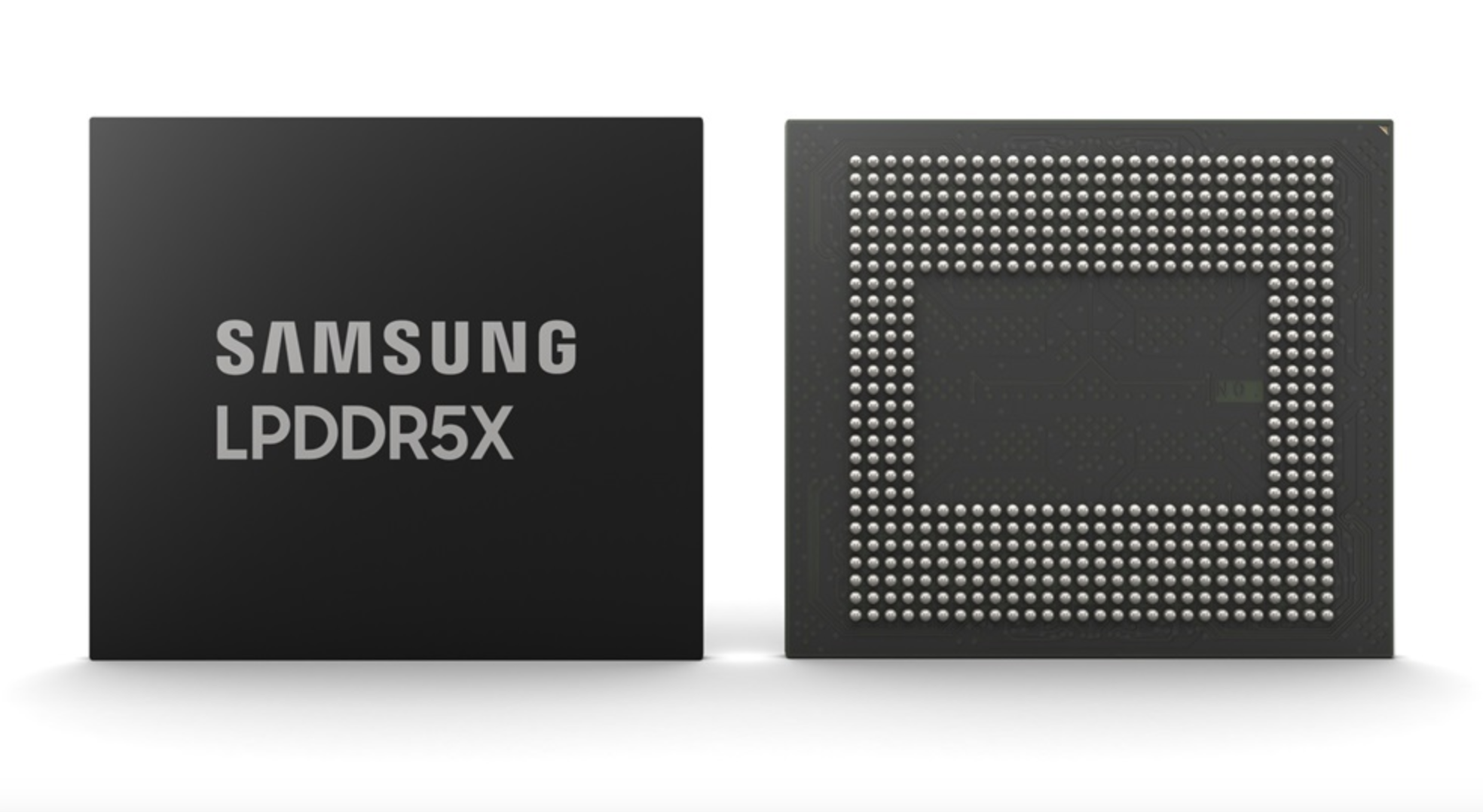
Apart from its Galaxy line of smart devices, Samsung also specializes in the design and manufacturing of the tiny bits of hardware that end up inside our smartphones. As such, the South Korean electronics giant recently announced that it's working on an industry-first LPDDR5X DRAM memory, which will support speeds of up to 10.7 gigabits-per-second (Gbps).
The LPDDR5X will be built on 12 nanometer class process technology, which according to Samsung is currently the smallest chip size among existing LPDDRs in the market. It adds that this new breakthrough component is designed for leveraging on-device Ai applications and functions.
The company states that the LPDDR5X improves performance by more than 25% and capacity by more than 30% versus older generations, and also expands the single package capacity of mobile DRAM up to 32GB, making it ideal for on-device AI that usually requires high-performance, high-capacity and low-power memory.
The LPDDR5X also uses specialized power-saving technologies such as optimized power variation that can adjust power according to workload, and expanded low-power mode intervals which extend energy-saving periods. Samsung says that mass production of the 10.7Gbps LPDDR5X is scheduled to begin by the second half of 2024, following verification with mobile application processor and mobile device providers.
© 2023 YouMobile Inc. All rights reserved










